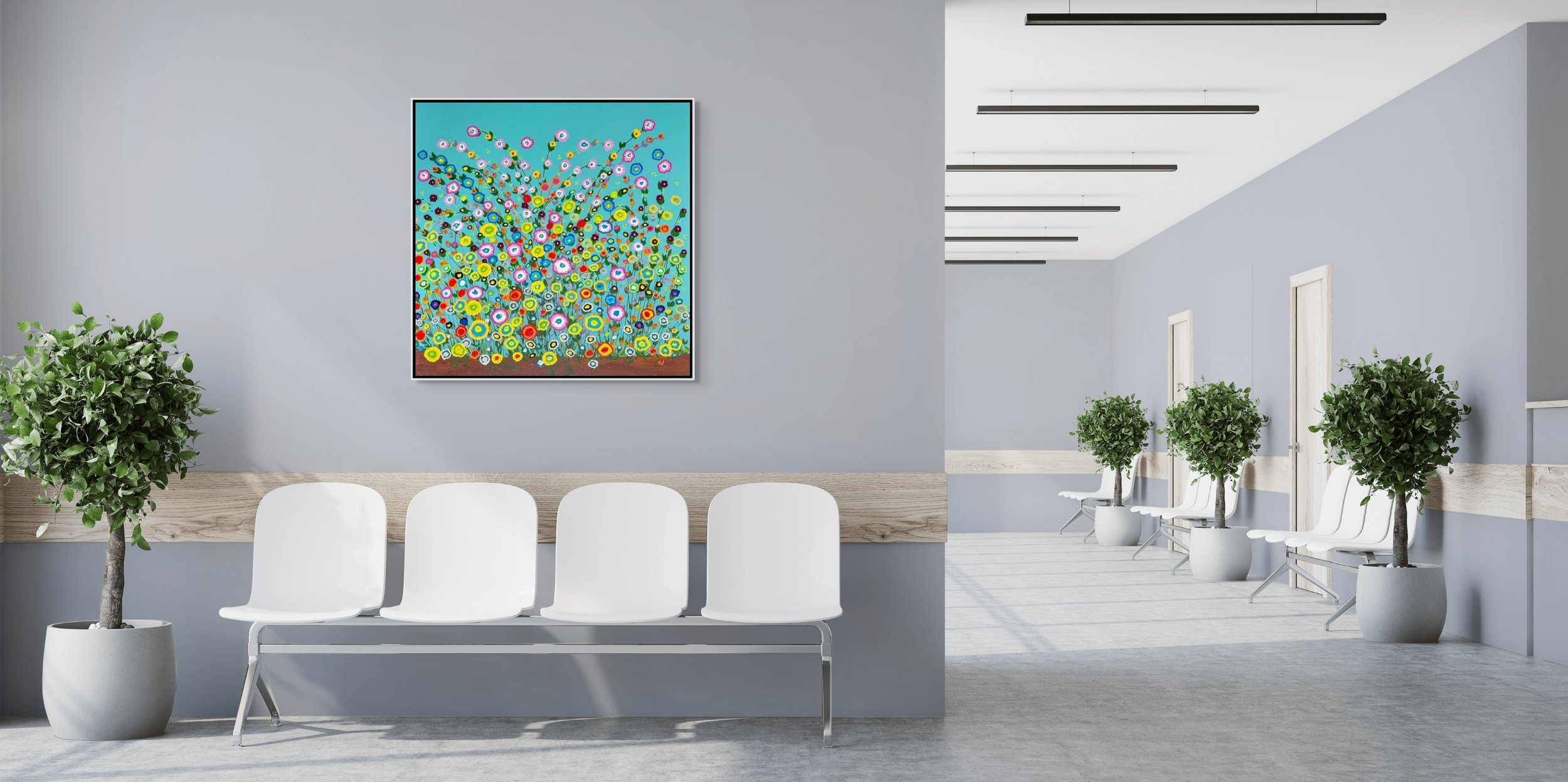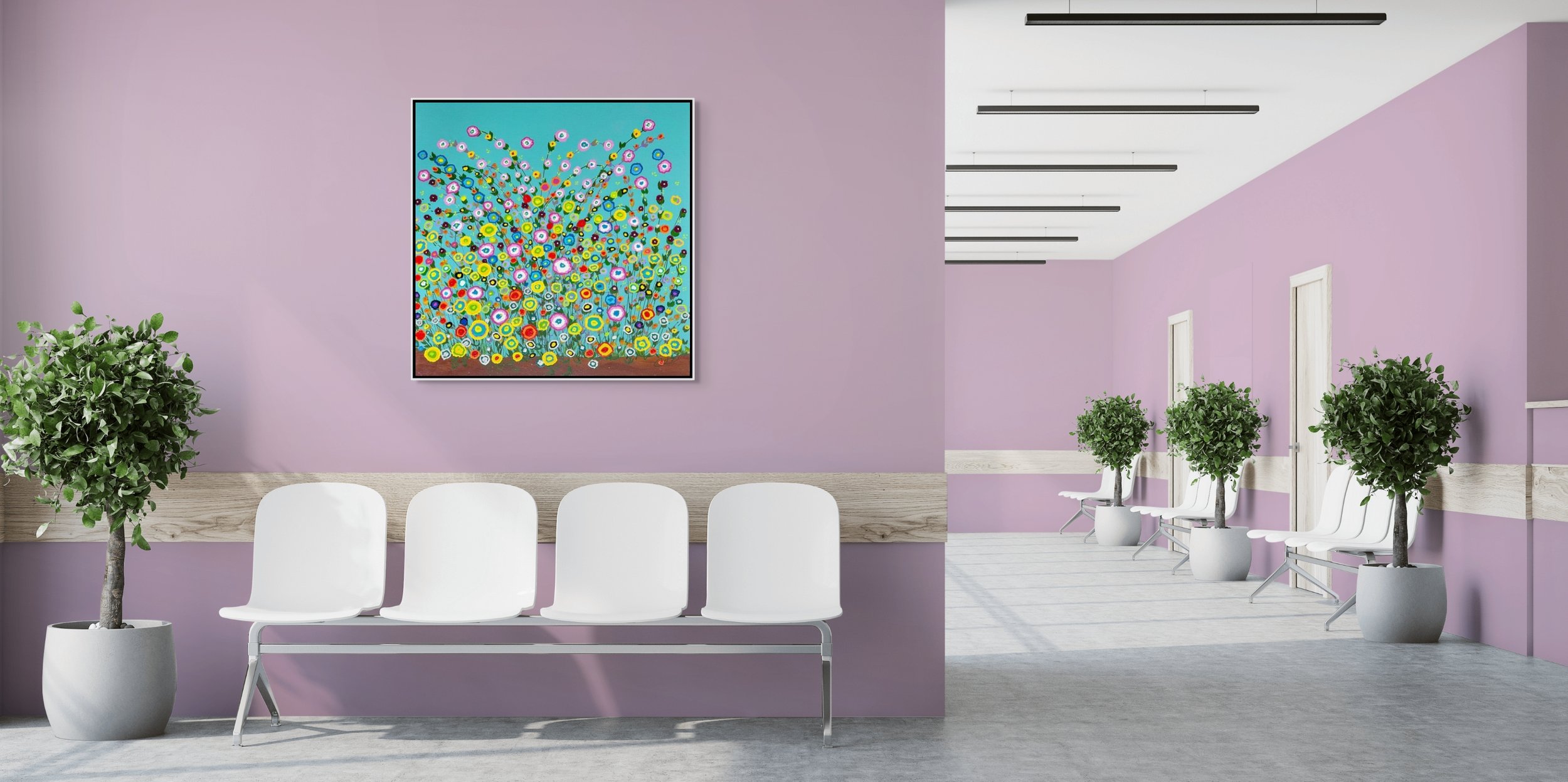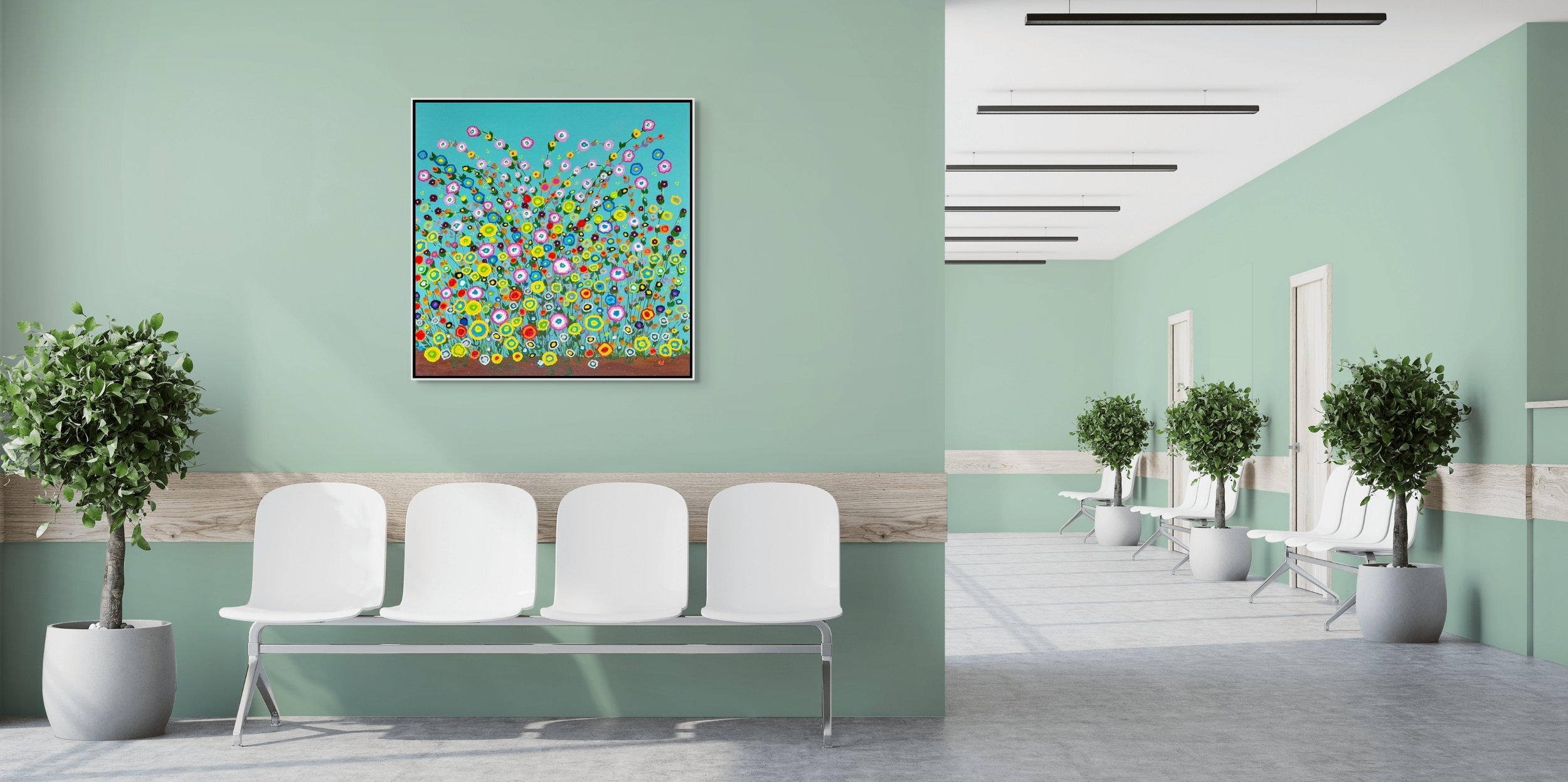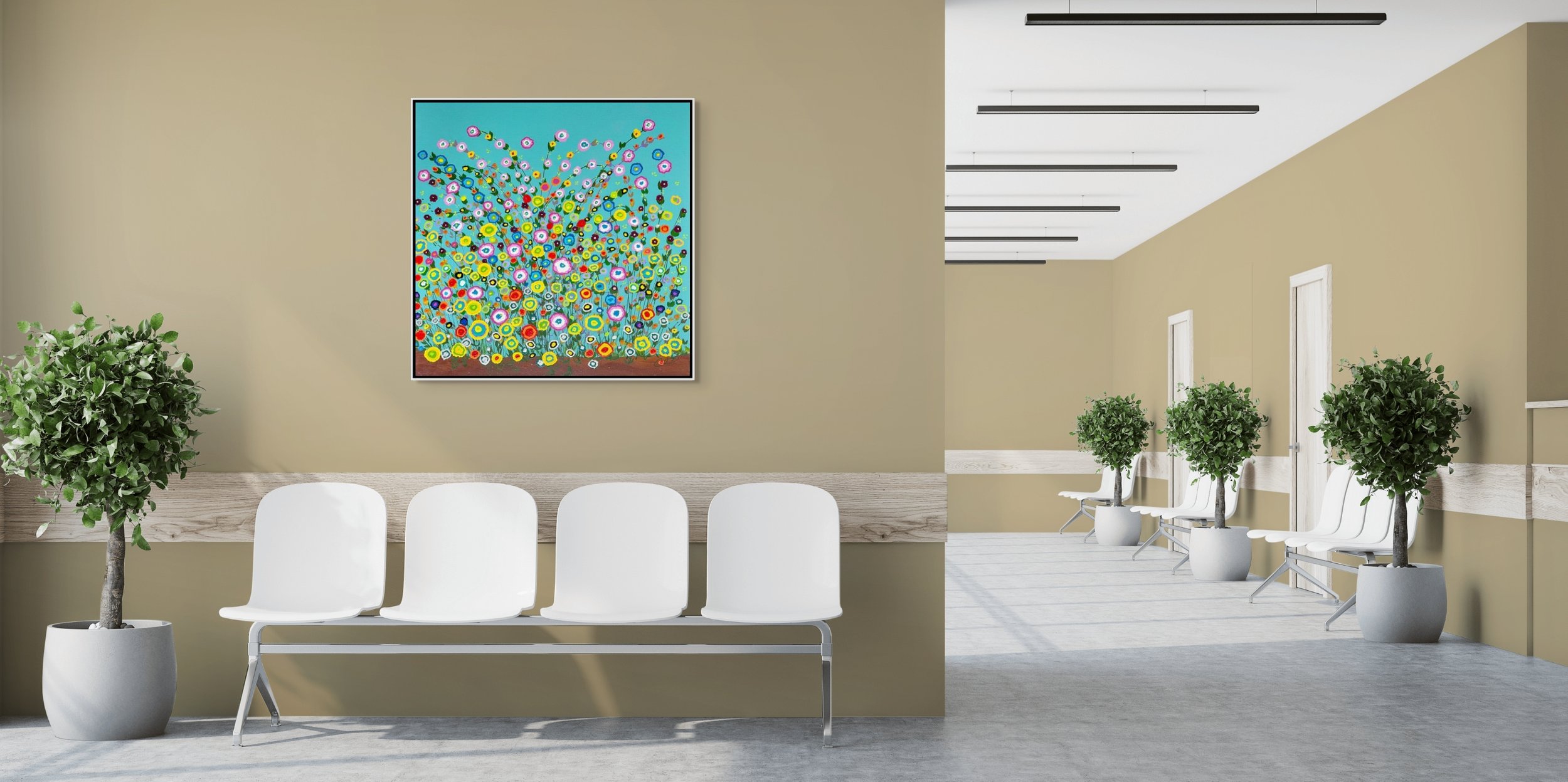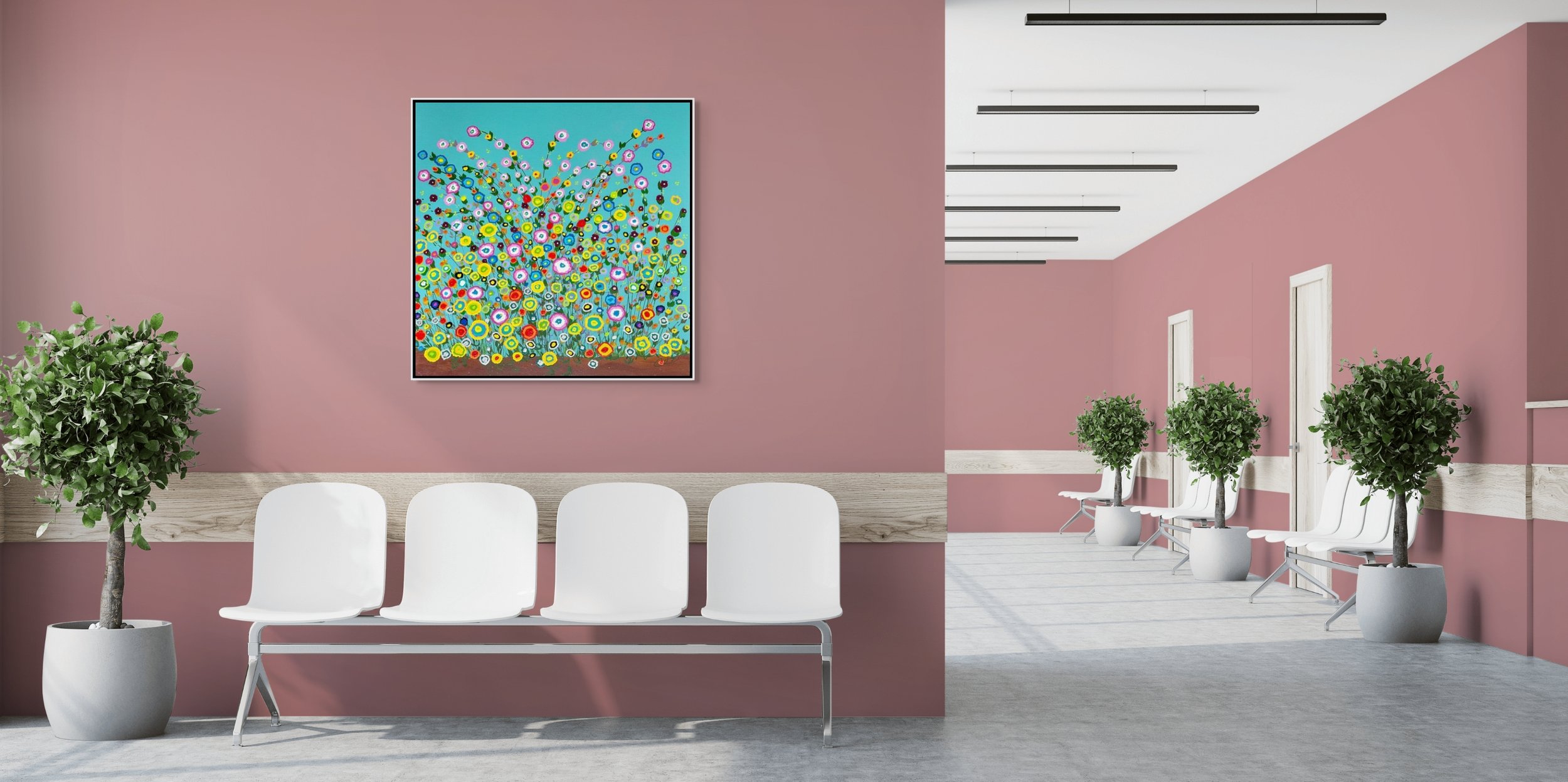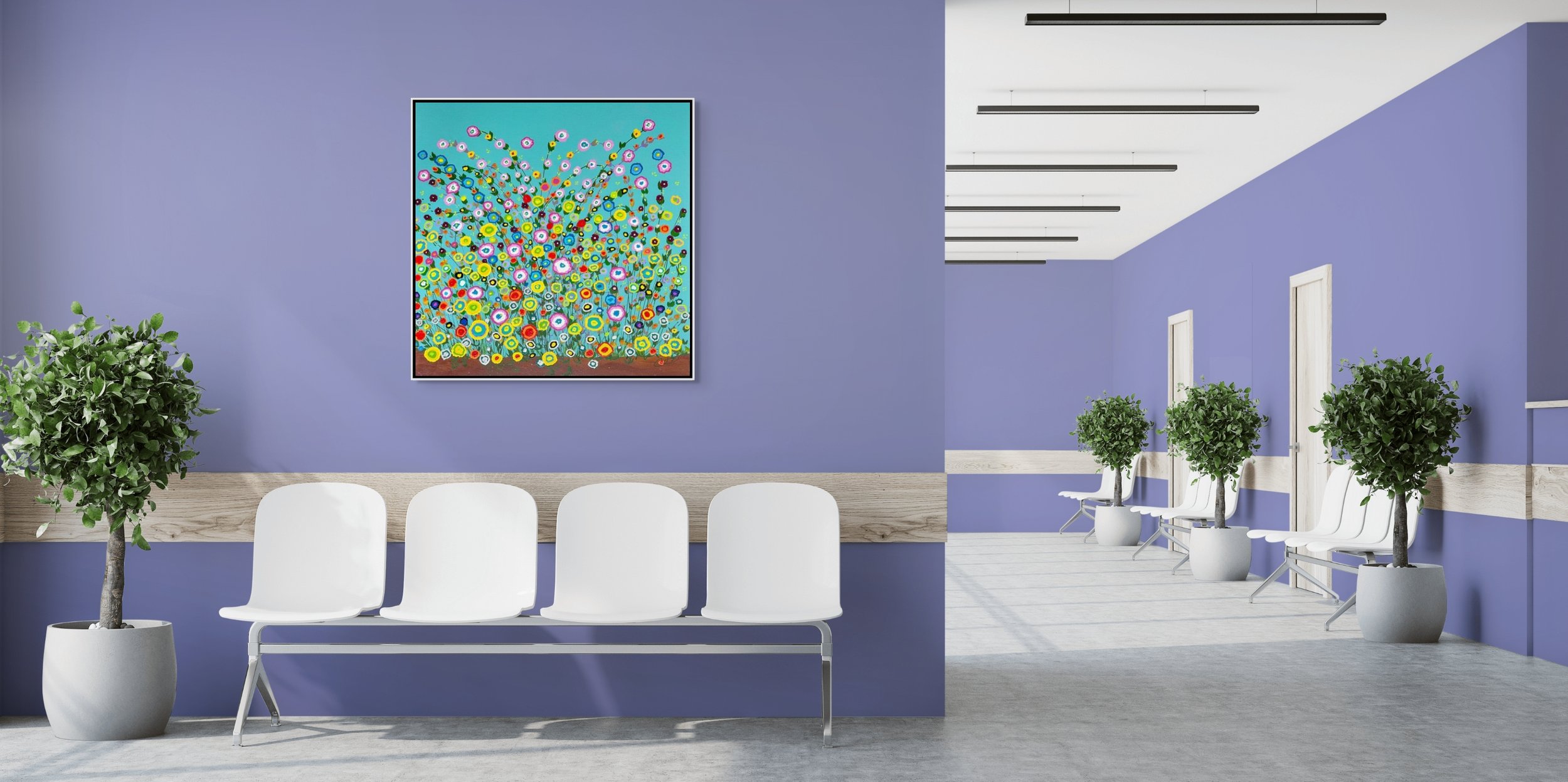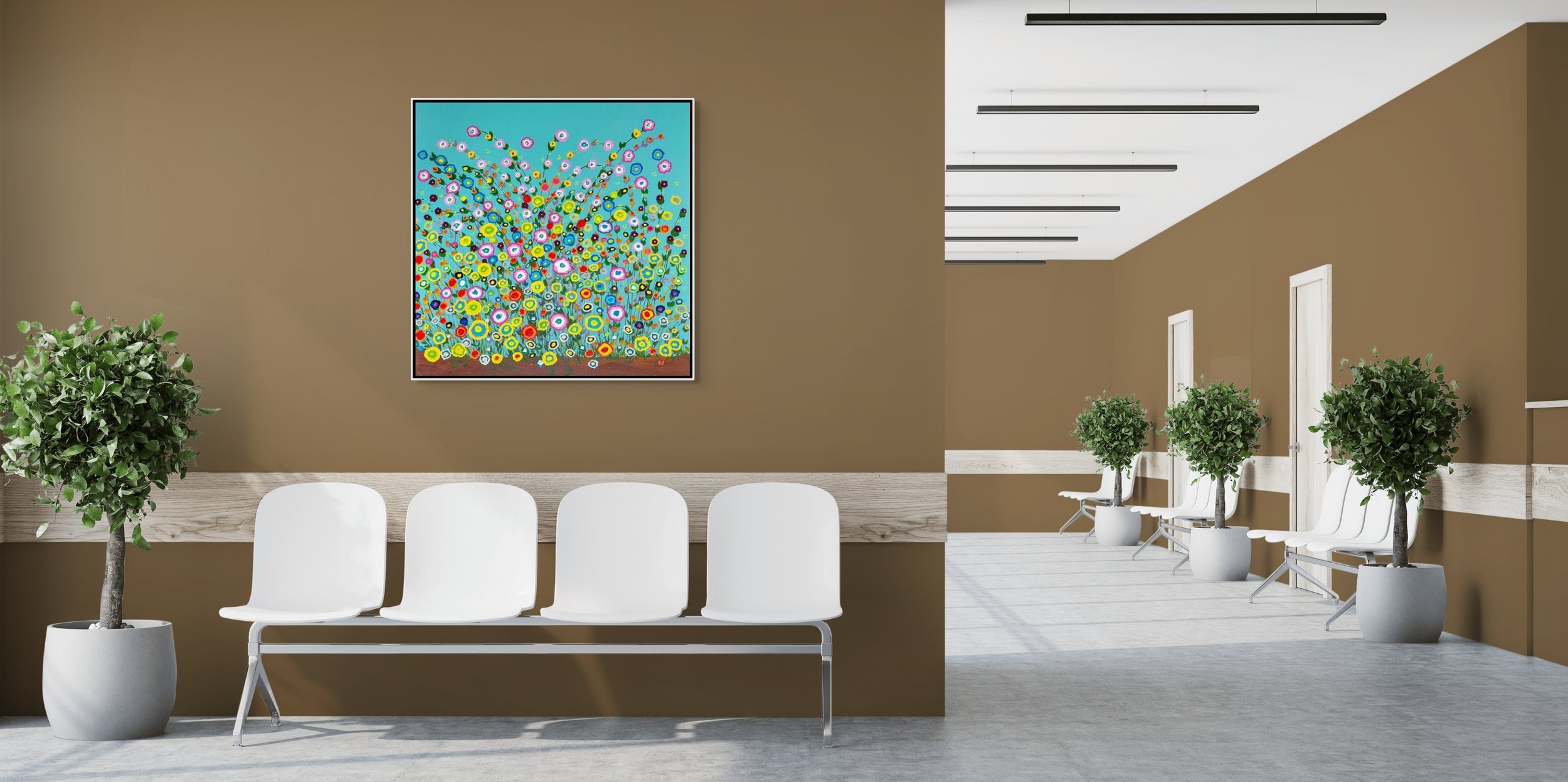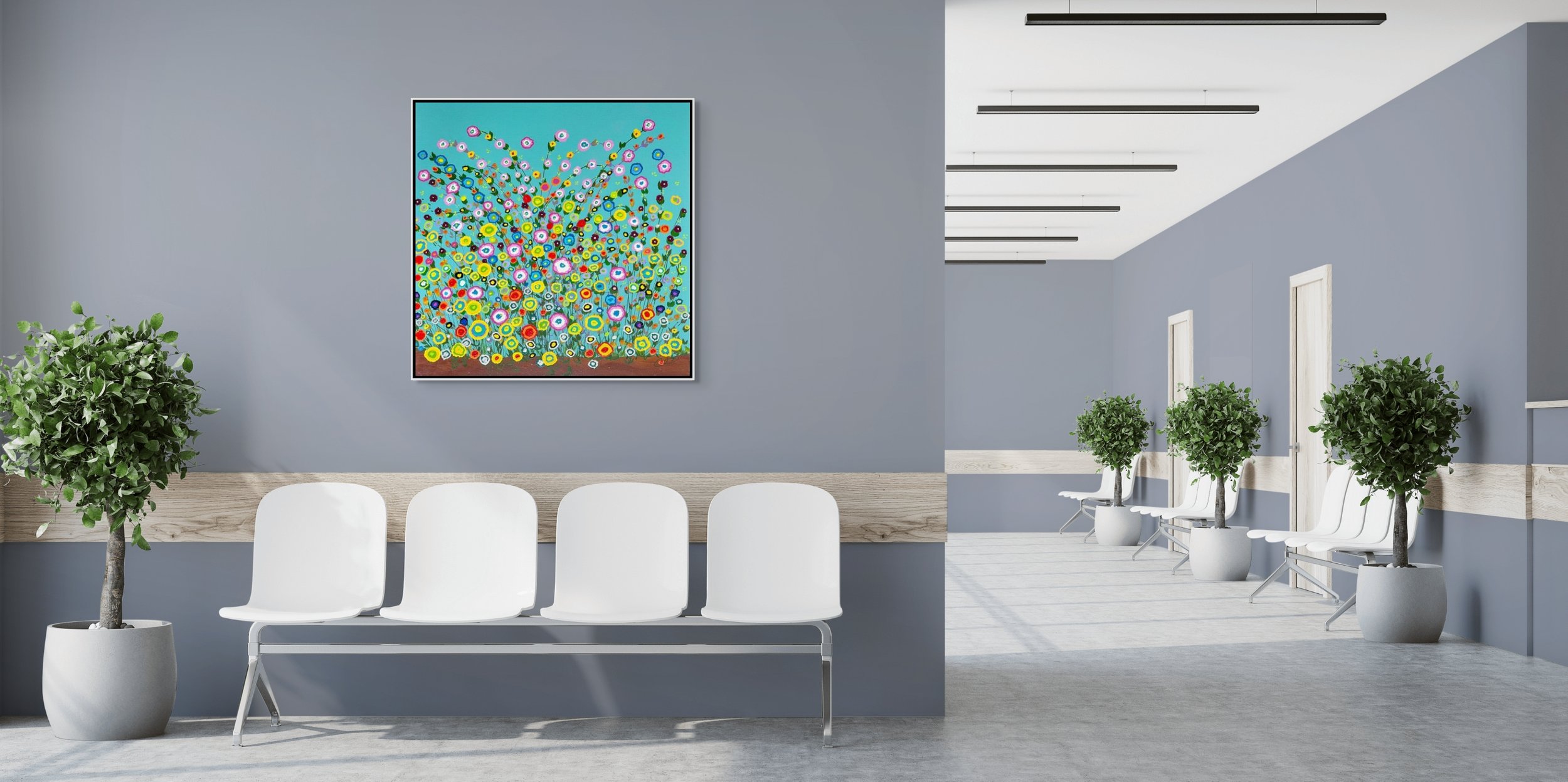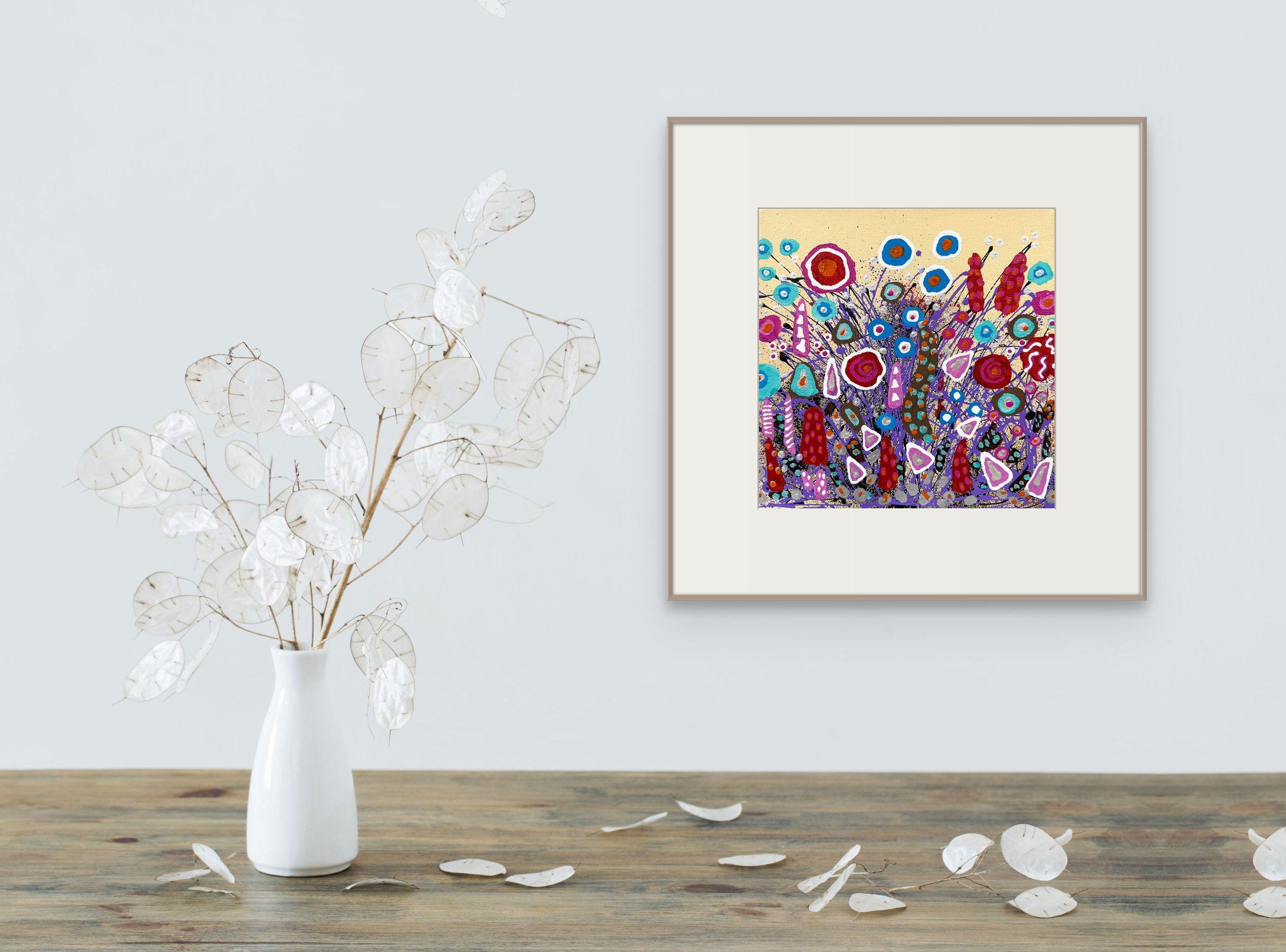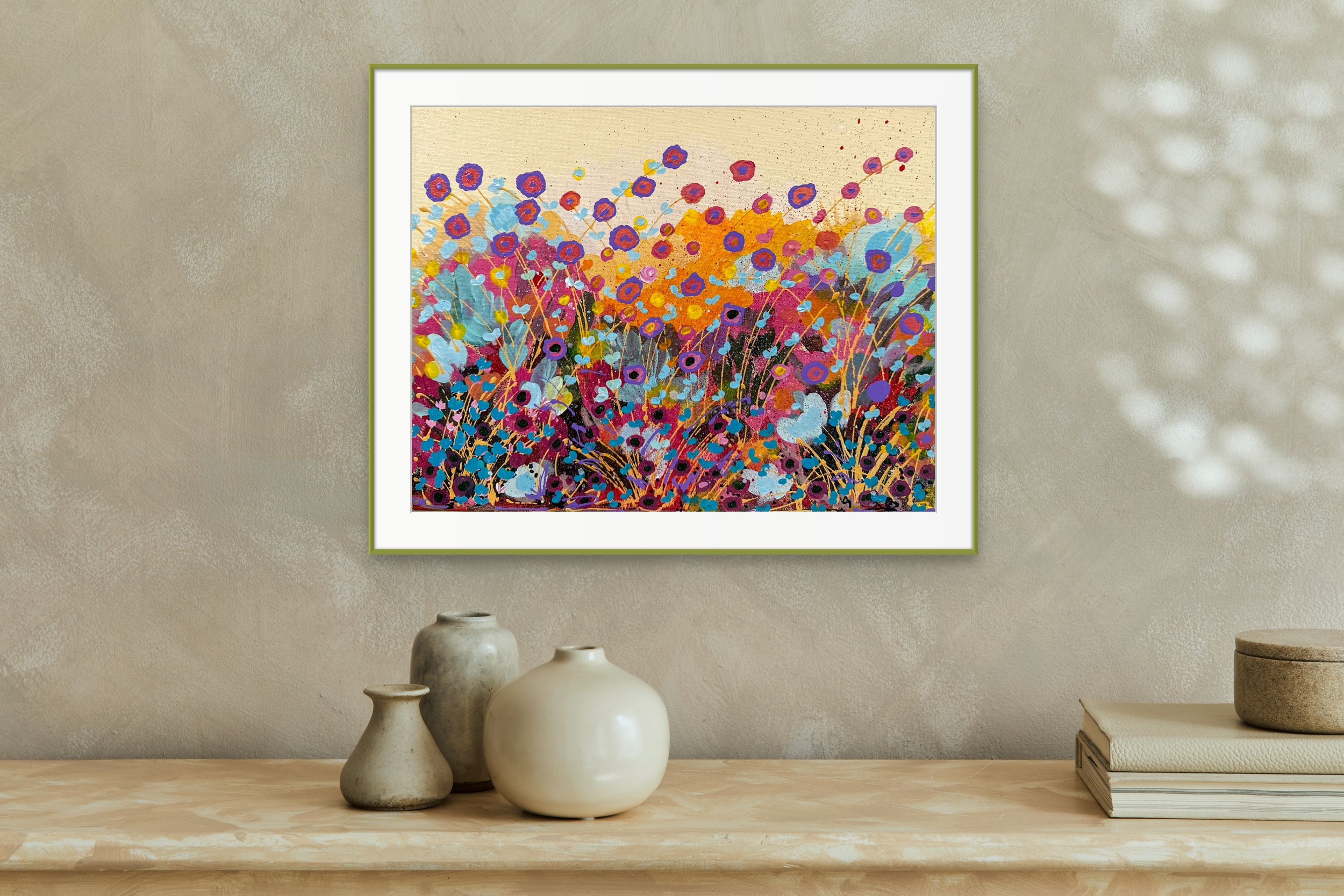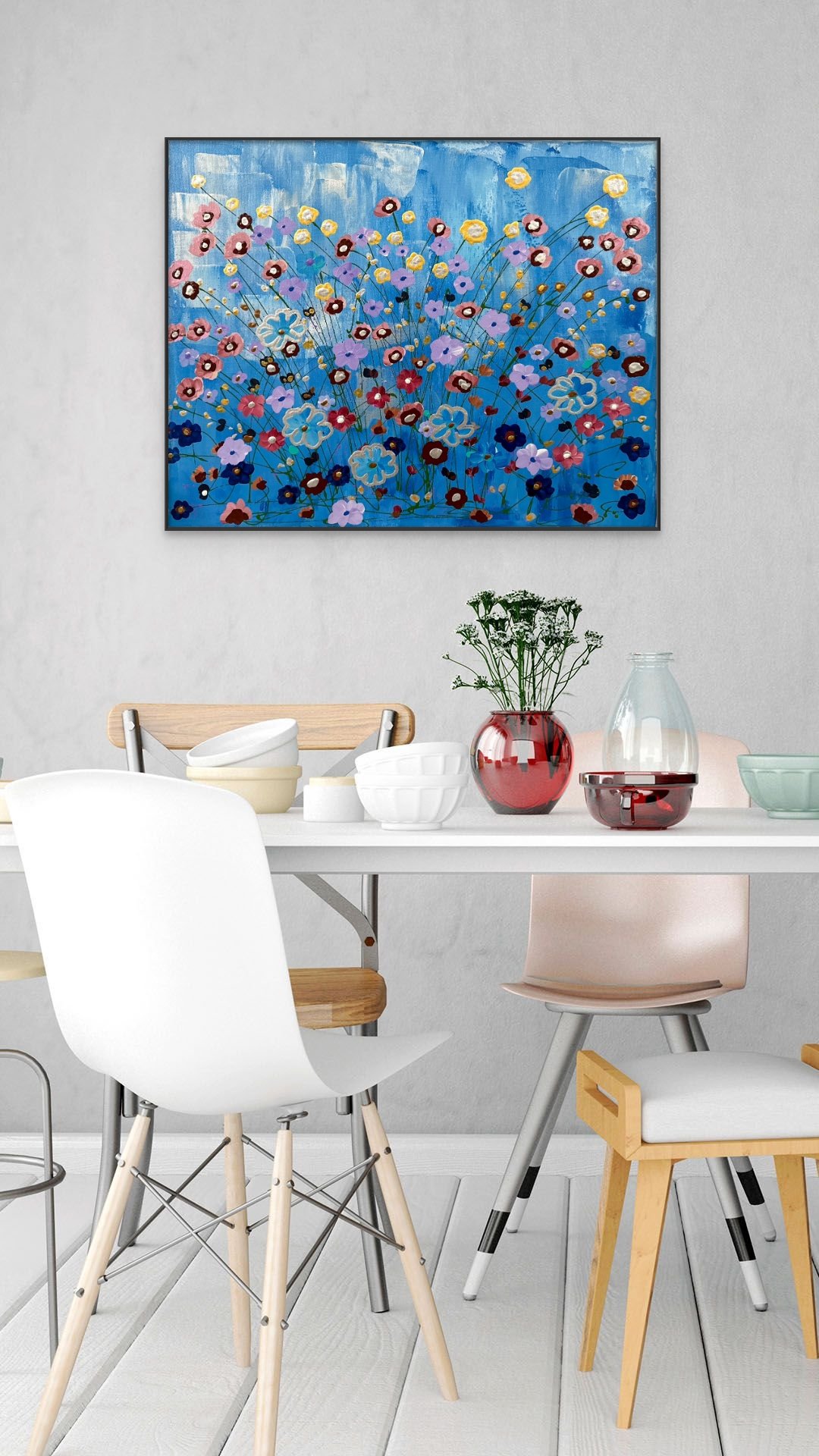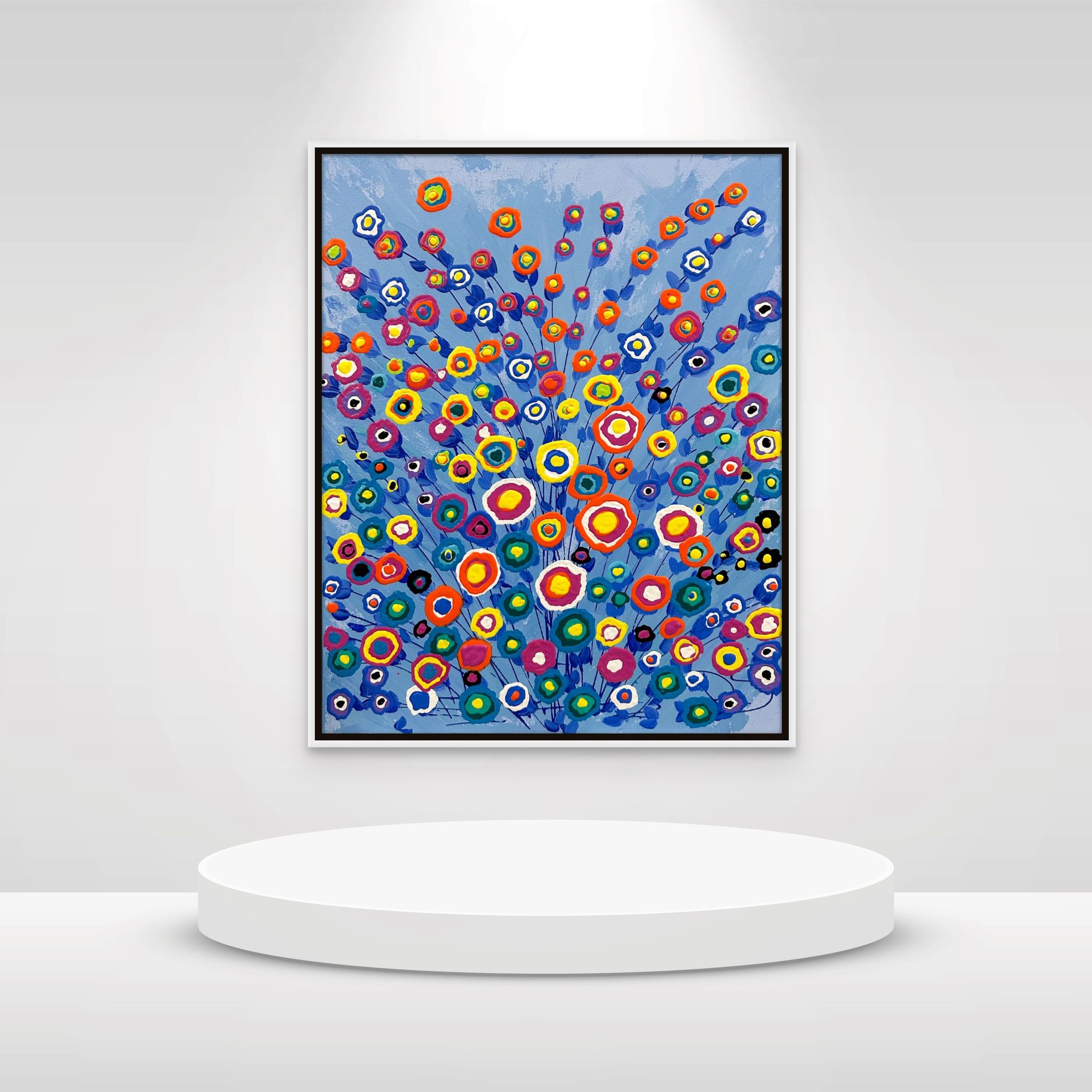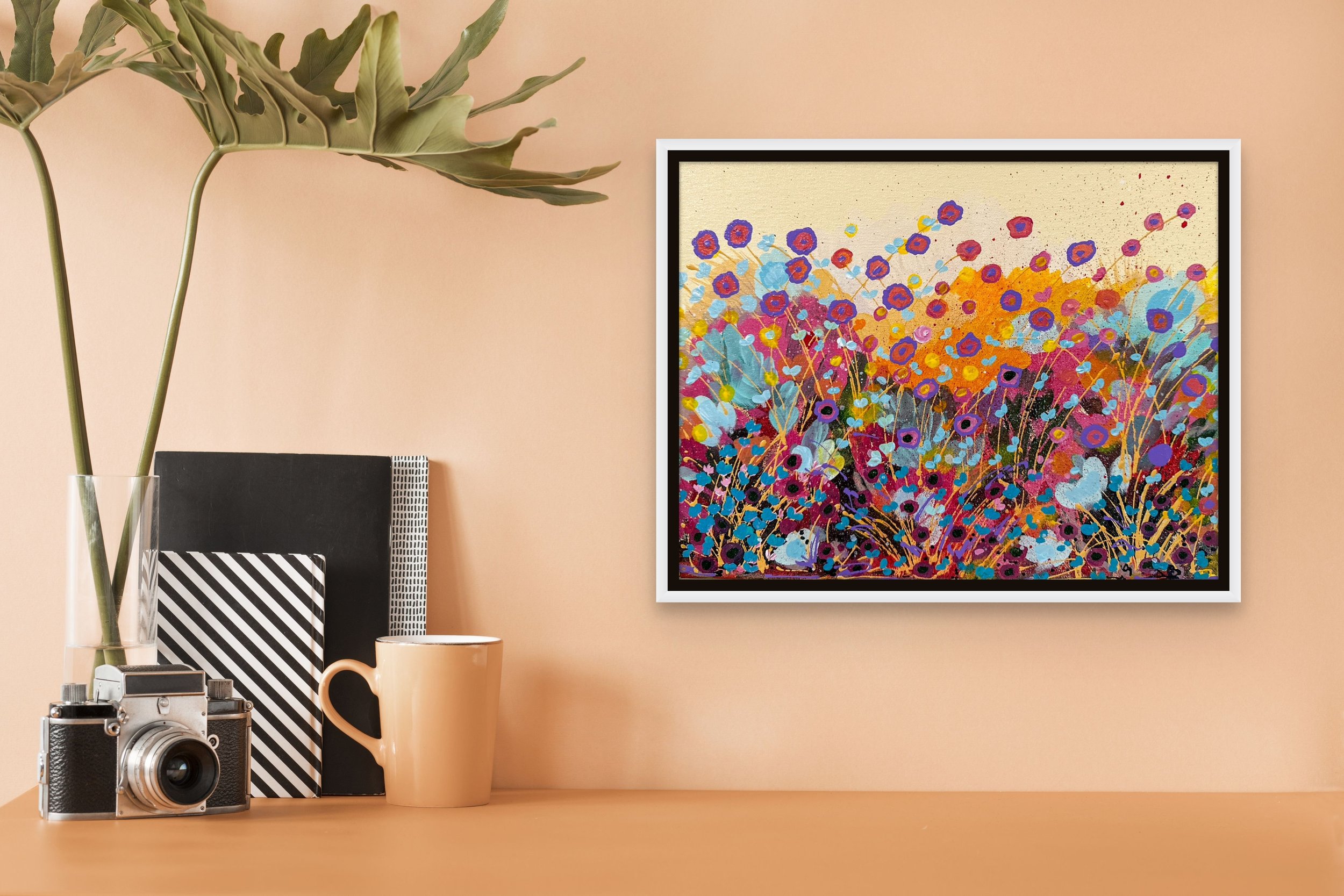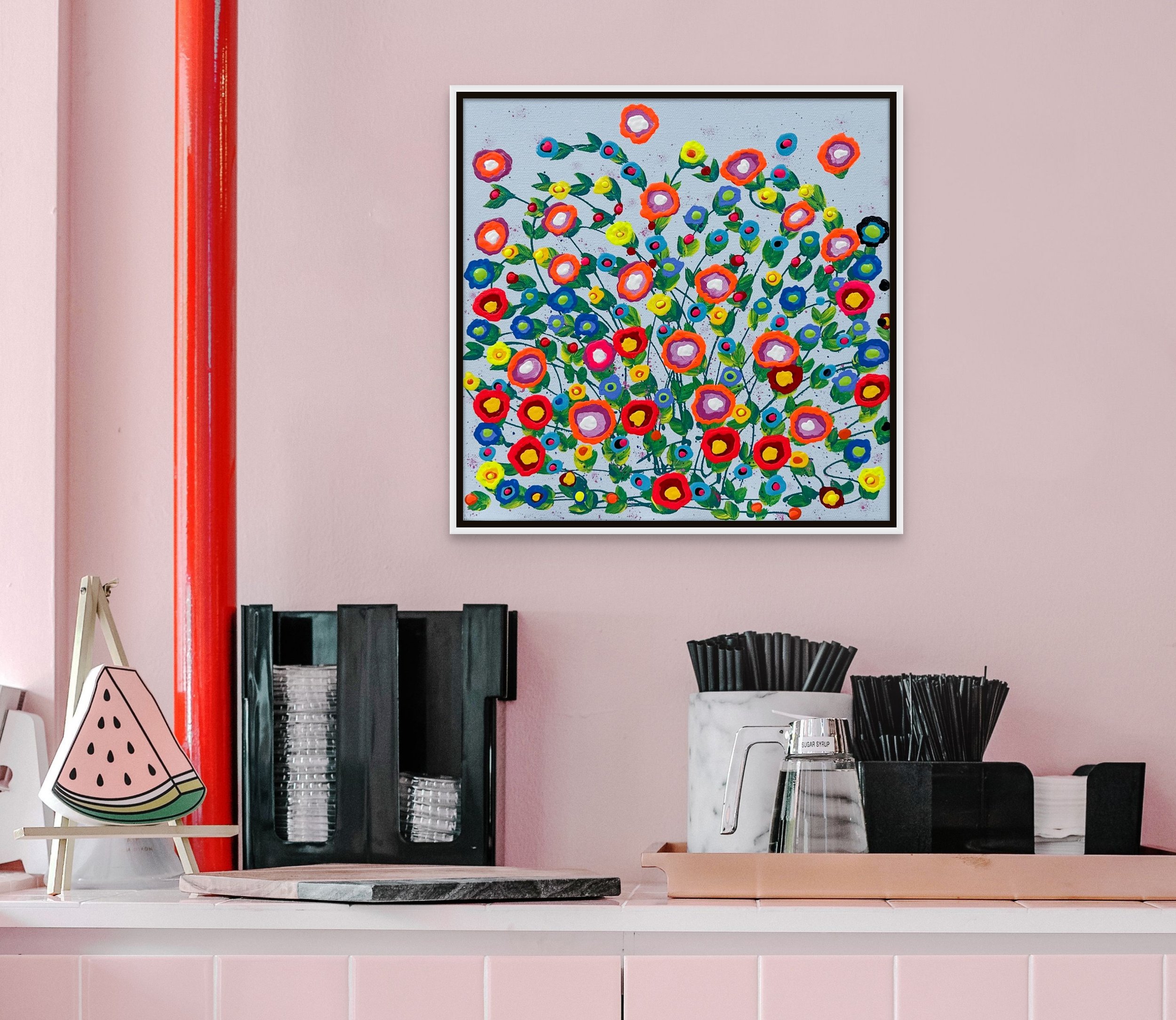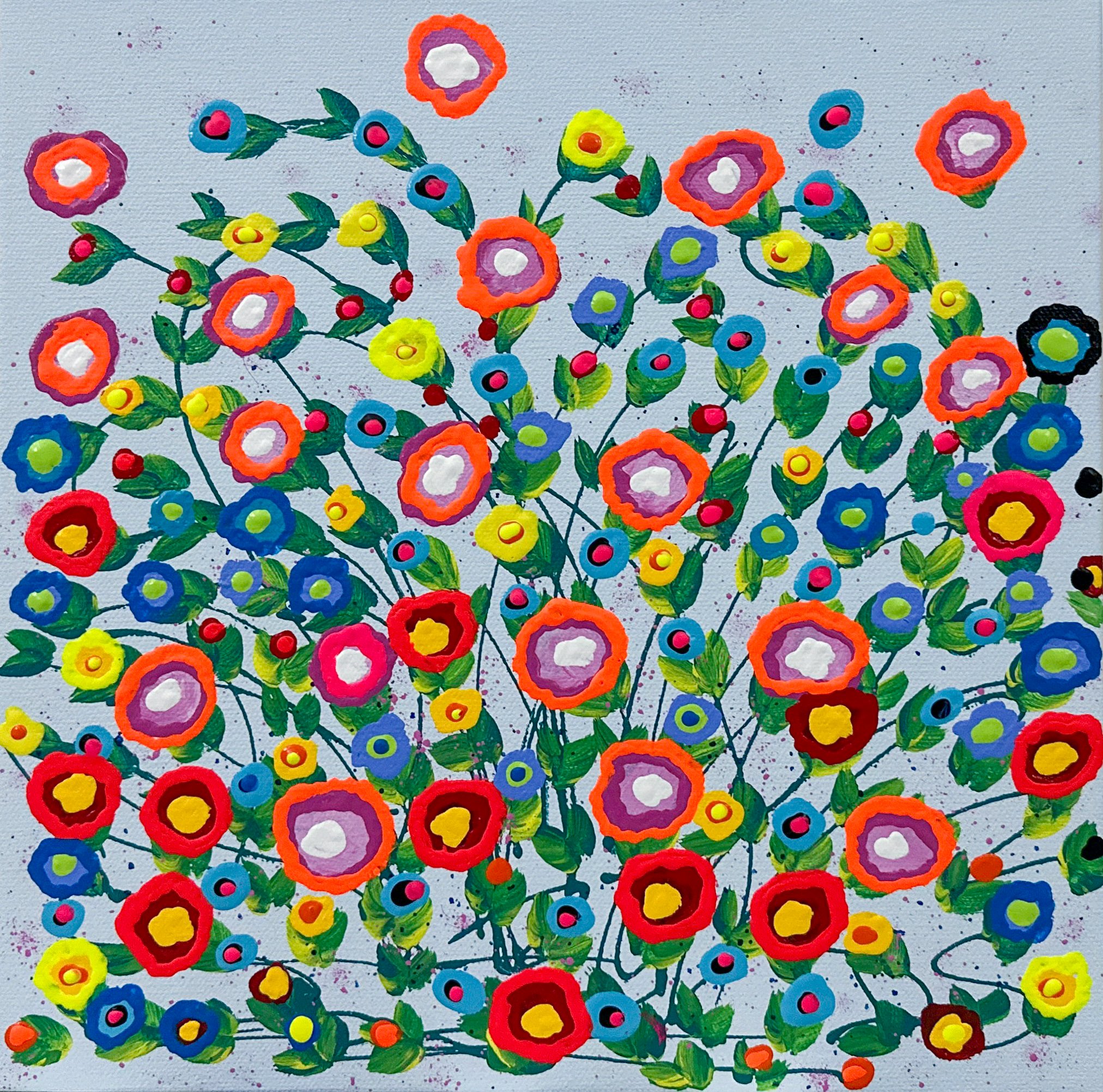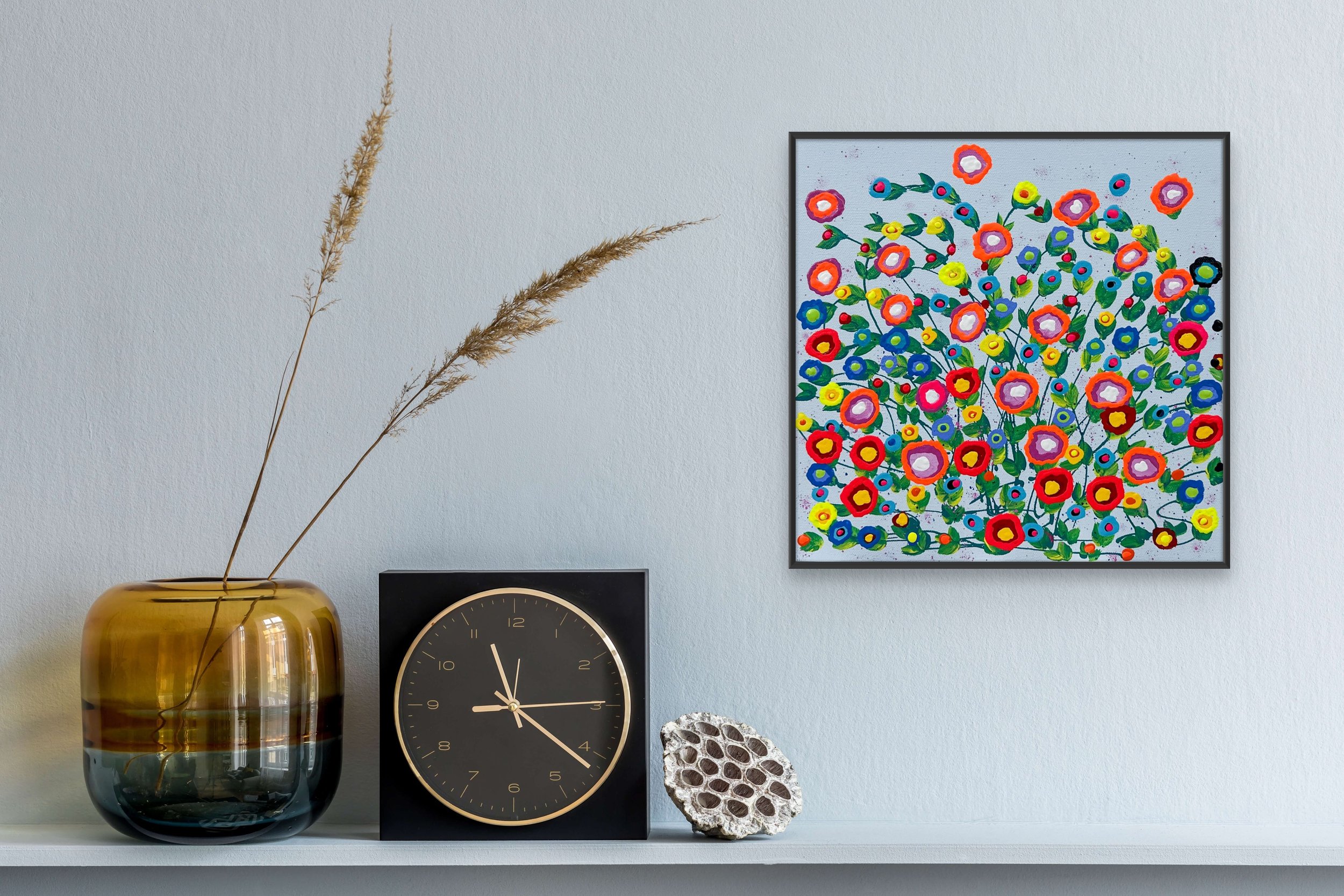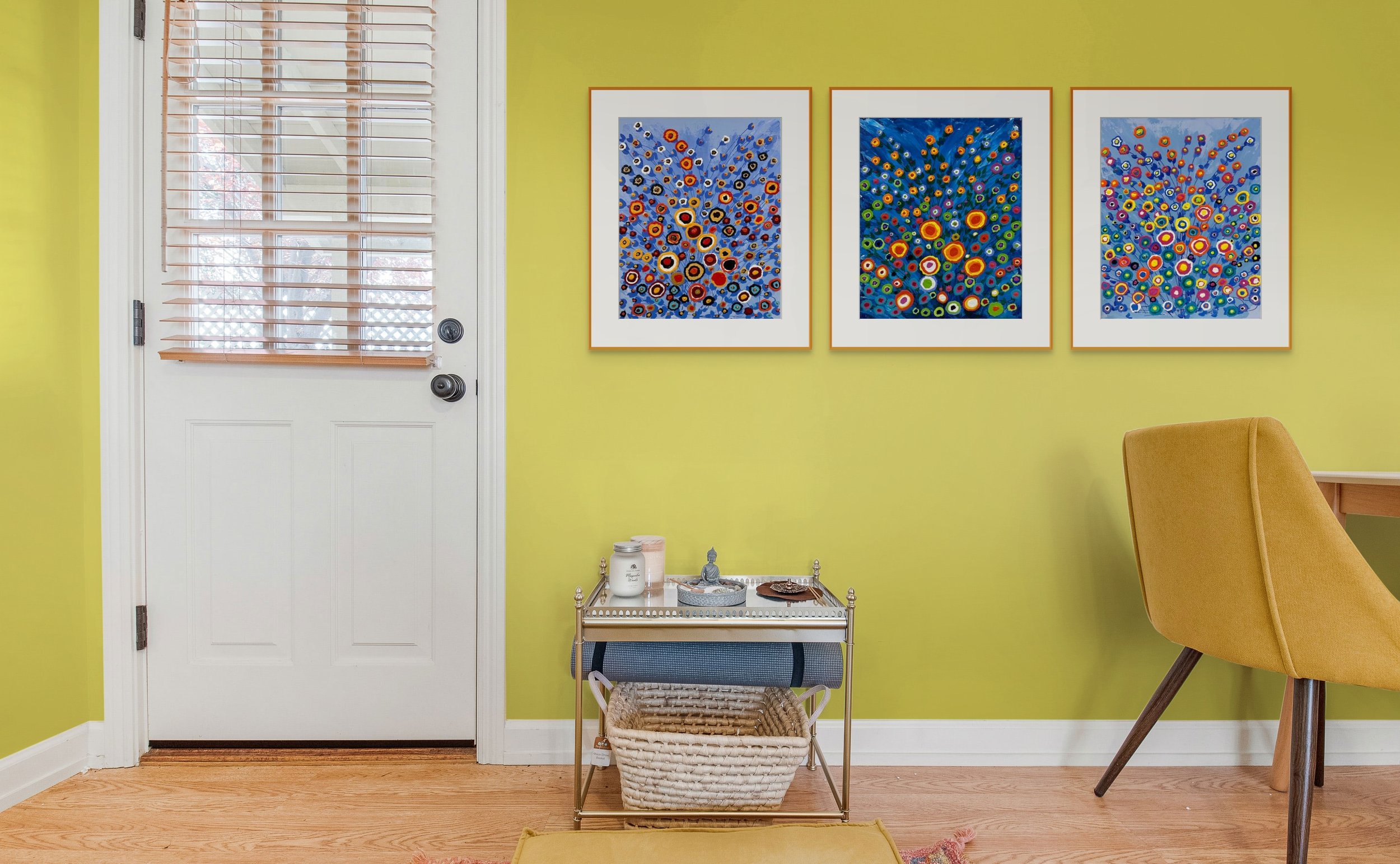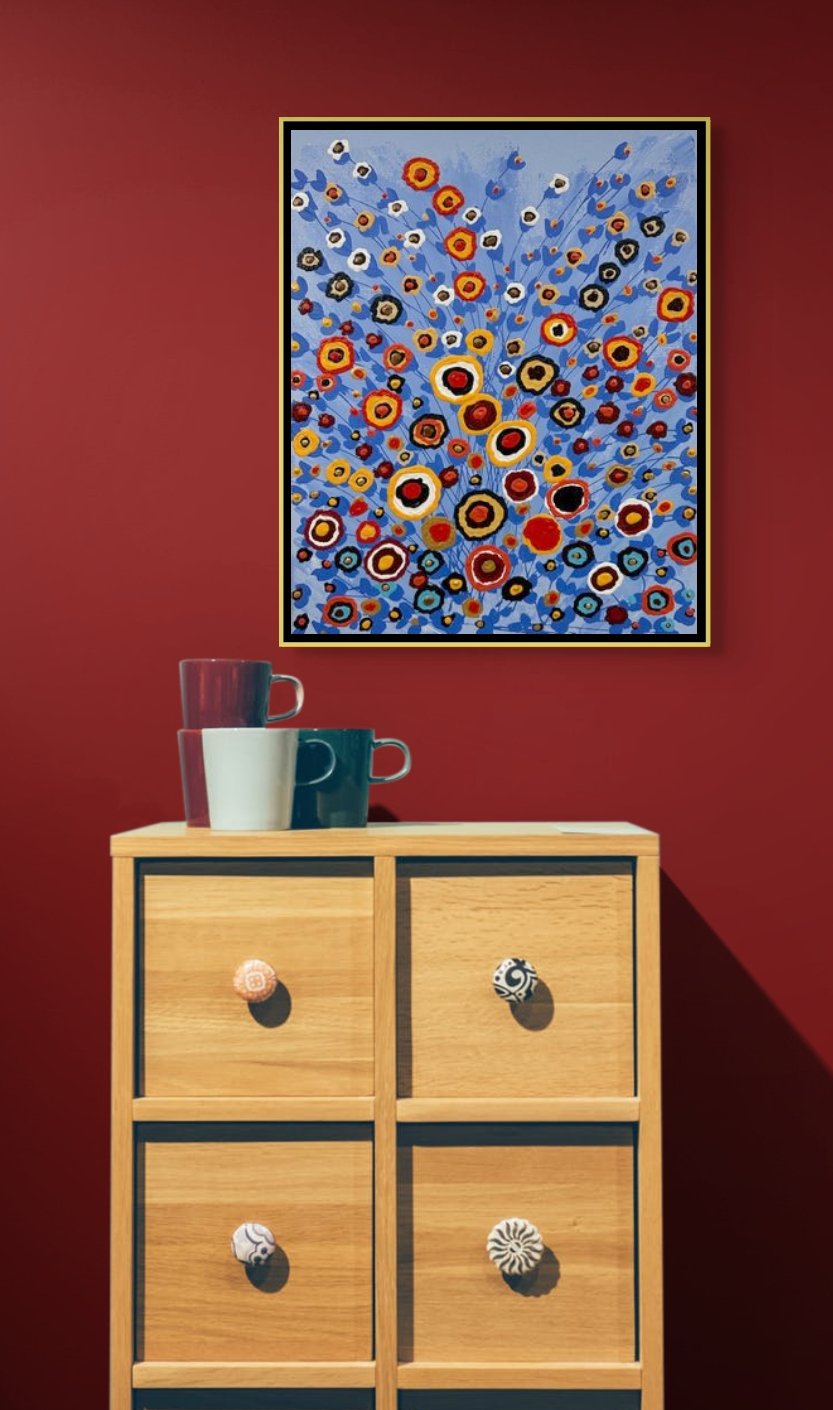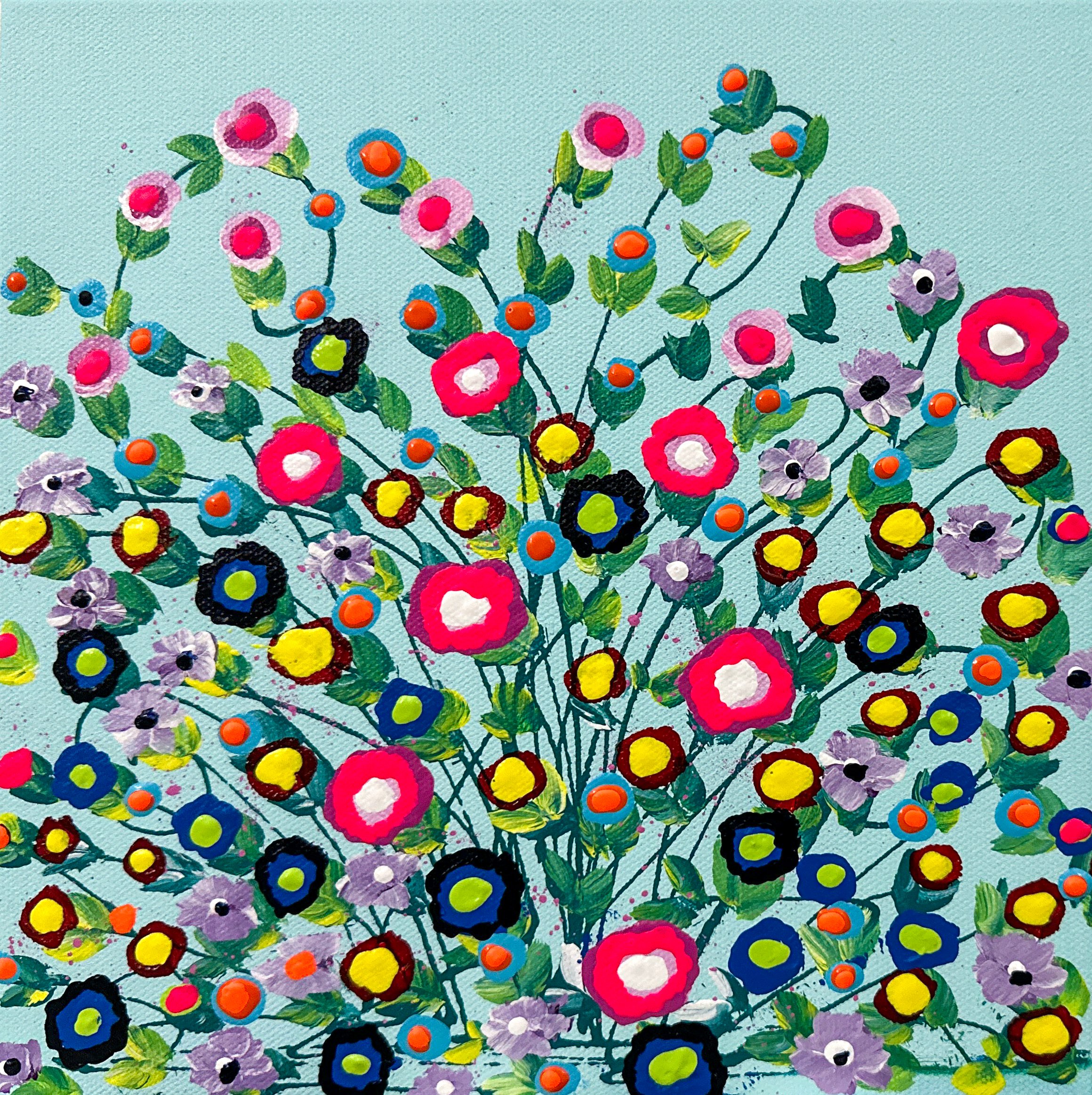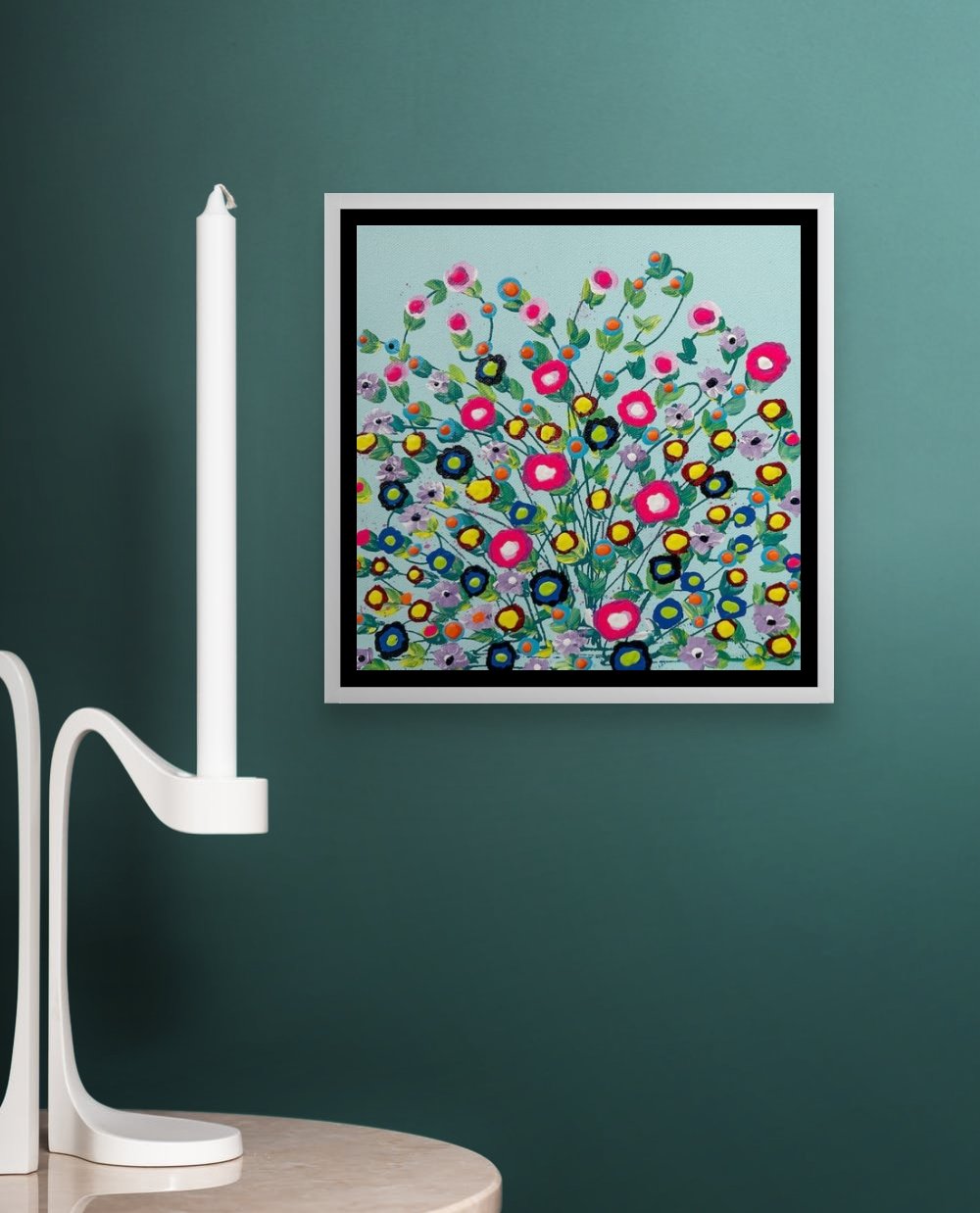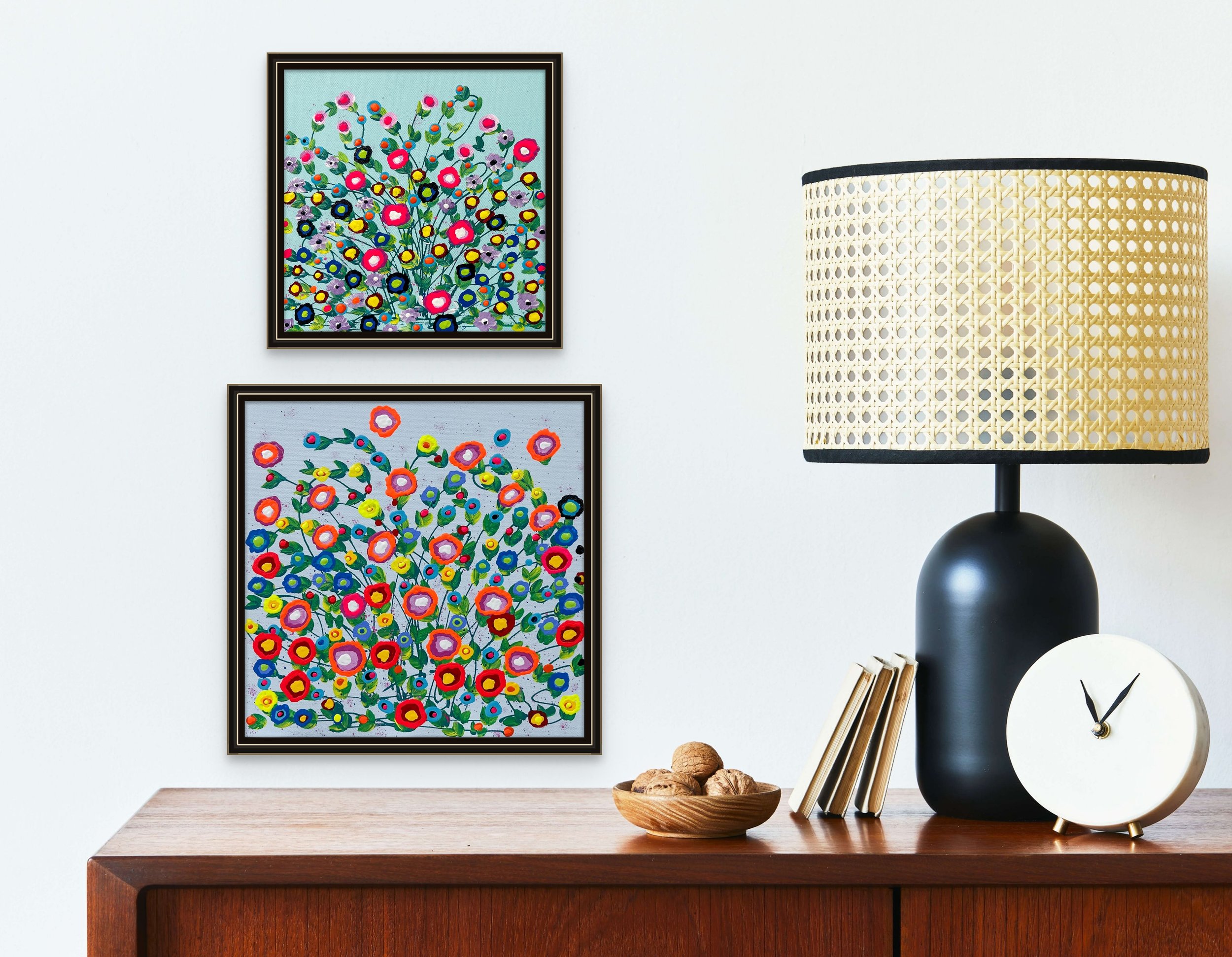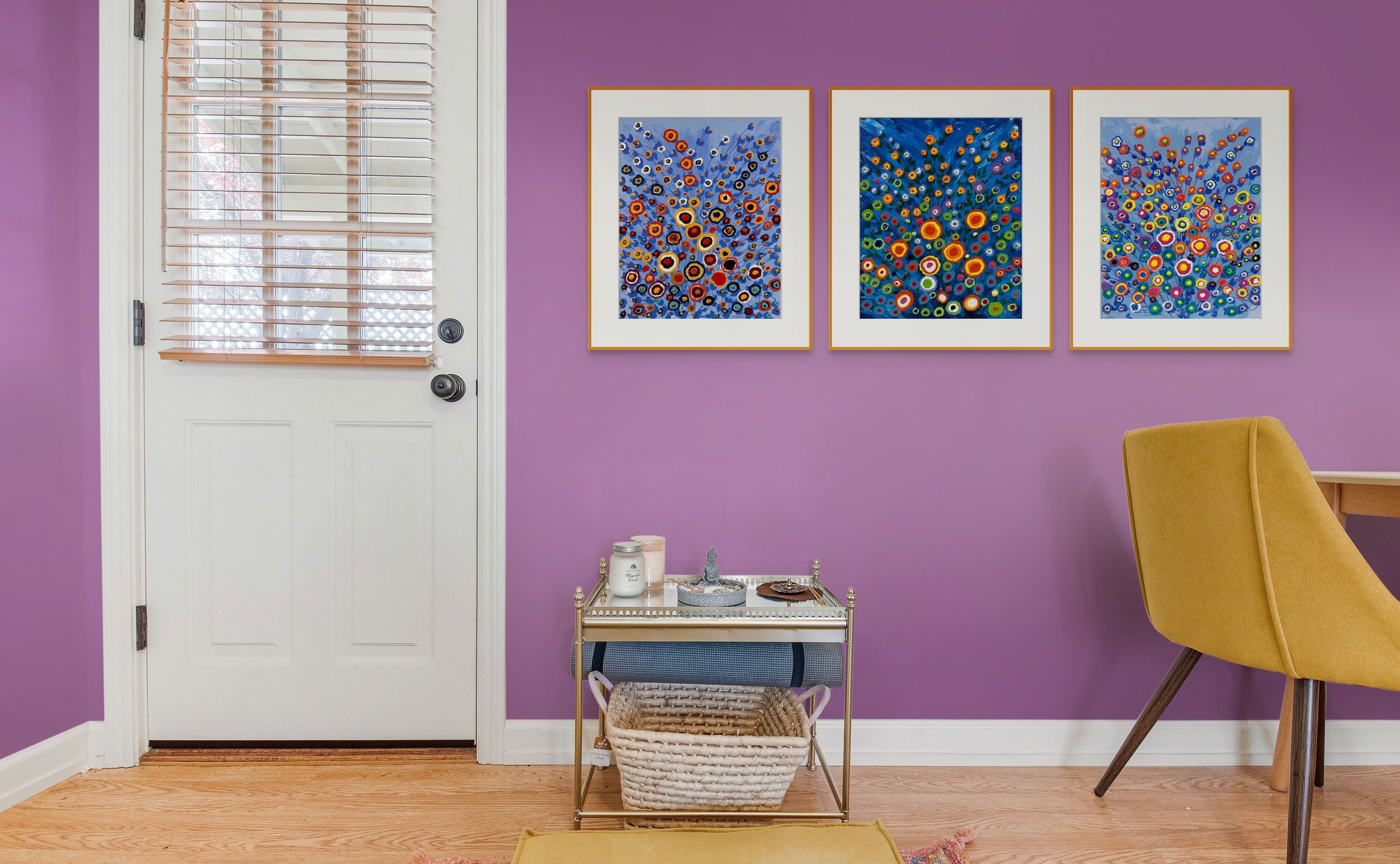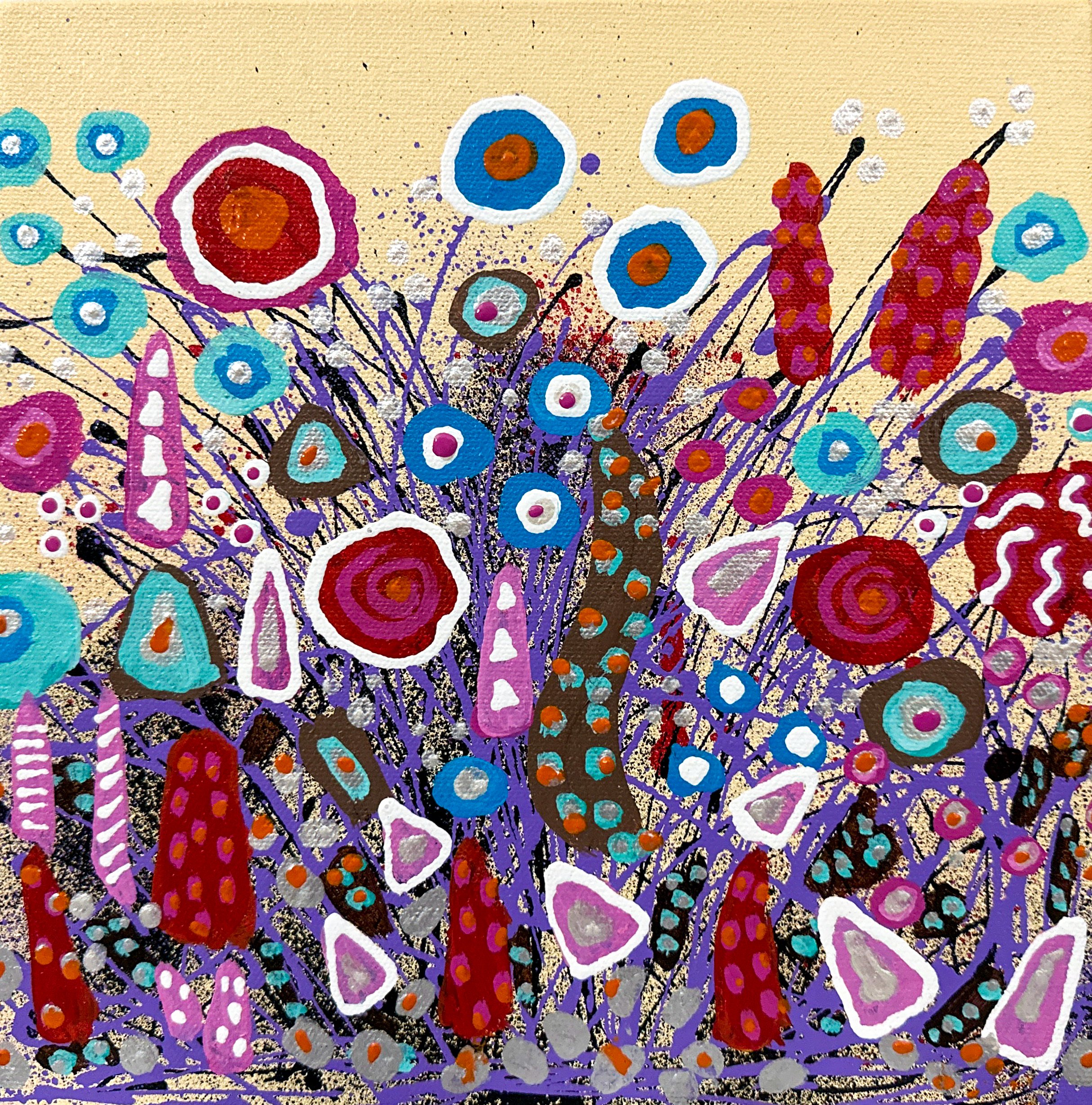Did You Know This About Our Brains And Art?
Did you know a growing body of research shows conclusively that our physical environments (rooms, buildings, walls, etc.) actually have an impact on our quality of life?
Did you know a growing body of research shows conclusively that our physical environments (rooms, buildings, walls, etc.) actually have an impact on our quality of life?
Evidence-based design has been defined as the process of basing design decisions about the built environment on credible research to achieve the best possible outcomes.
When inside built environments our brains get triggered by all kinds of things like color, lighting, texture, and especially art. In one study done on hospital waiting areas, physical and ambient properties influenced patient experiences. Areas associated with higher physical attractiveness reduced anxiety, were perceived to provide better quality of care, and were perceived to have shorter waiting times.
“Similarly, a waiting area with a nouveau (non-traditional) style was associated with lower self-reported stress and higher patient satisfaction than a traditional style.” (Improving the Patient Experience, California Healthcare Foundation)
Fun Fun Everywhere is a playful evidence-based design work of art. It’s a fun painting designed for attractiveness in a nouveau/non-traditional style.
Happy Together With Friends by Dorothea Sandra, EDAC
As I am creating this style of playful evidence-based art, there’s always the challenge of balance. One goal is to trigger the brain to create lots of feelings of fun and happiness without causing any stress. Another goal is to achieve high “distraction” levels of interest, again, without causing stress by overwhelming the viewer with too many details.
Especially when people are troubled or in pain, research studies show that happy art distractions will very positively impact the quality of human life.
For Happy Together With Friends, I was going for the moods of playfulness, happiness, and fun. I also wanted to add in a dash of ironic quirkiness with the hope of making someone—who just didn’t feel good or well—crack a smile.
I have a painting, similar to this one, in the cancer wing of a hospital. When coming out of the blood draw area and on the way to the infusion center, there it is.
Cancer patients, family members, and staff tell me all the time just how much they enjoy that painting. I’ve always suspected it’s the ironic quirkiness built into the painting’s many layers that triggers the brain to create happy emotions, especially at solemn times like this.
These paintings were created—not for their realism or beauty—but to trigger the brain to create the feelings of fun, happiness, and joy.
Take a look inside my book, 100 Days Of Happy Happy Art, Evidence-Based Design
There’s even a chapter on neuroscience and art.
Anatomy Of An Art Sale
One thing I do as an online art business owner is take responsibility for giving clients a super easy, stress-free buying experience.
My evidence-based design art business is not without its challenges. I live in a clean, safe, nature-filled part of Northern Michigan. It’s a fabulous place to create evidence-based design art, but it’s SUPER REMOTE.
I sell online at https://dorotheasandraart.com and https://singulart.com/en/artist/dorothea-sandra-36937 and I’m galleries in the U.S., but I also like to sell locally. I’m fortunate that about 40 miles away there’s a town called Alpena, Michigan. I really enjoy Alpena and call it my “authentic” arts town because it has not yet become too commercialized. It’s busy with so many downtown festivals and so many summertime visitors from all over the world. In 2024, Viking Cruise Ships on their Great Lakes Tours will stop 26 times in Alpena’s harbor.
Recently, at the Art In The Loft gallery in downtown Alpena, I sold a 6’x9’ painting called Wildflower Wonderland.
A cruise ship visitor from Kansas City, Missouri fell in love with this evidence-based design work of art. She really wanted to buy it but had no idea how to purchase it (while on a cruise) and then get it up on the wall in her home. The staff at Art In The Loft told her I shipped internationally and nationally and gave her my art studio number. When she called, I assured her I would take her through the sale step-by-step.
(Image source: Alpena News)
After she made the purchase, the first thing I did was have the painting taken off the gallery wall, wrapped back up, and transported back to my studio. In the studio, I then examined the painting and rewrapped it in acid-free glassine paper (which protects against moisture, air, and grease).
I gave the painting additional protection by wrapping it in bubble wrap and had a shipping crate prepared.
Another Dorothea Sandra work of art ready for UPS shipping pick up.
While this was going on, I got on the phone and called framing shops in Kansas City, Missouri to arrange for the painting to be stretched and attached to a wooden frame.
Why didn’t I stretch and frame the painting here in Michigan and then ship it to Missouri? If I had tried to ship a 6’x9’ framed painting, the cost would have been too expensive.
Finding the right stretching/frame shop for a client is one of the trickiest parts of the sale.
The first place I called—a well-known art chain store in Kansas City—wouldn’t stretch such a large painting. The second place I called—a framing store with corporate clients—at first said stretching a 6’x9’ wouldn’t be a problem and would only costs a couple hundred dollars, which is a good price for a stretch. The second time I called to confirm the sale, the manager told me he’d get back to me in 10 minutes. After waiting, I called him back an hour later and an employee told me he was busy talking to customers. He never did call me back. The third place I called—the Brookside Gallery on 114 W. 63rd Street in Kansas City—was fabulous. They were a tiny bit more expensive, but they could easily trim and stretch a 6’x9’. We decided to ship the painting directly to them, which would save the buyer any to-and-from transport headaches.
When I make arrangements like this for my buyers, I always look for extreme business competence and excellent customer care. The Brookside Gallery also agreed to connect my buyer with their local art transport company/wall installer.
One thing I do as an art business owner is take responsibility for giving clients an easy, stress-free buying experience.
I figure if I am taking the extra time to create evidence-based design art that triggers the brain to produce happiness chemicals, then I should also take the time to create buying experiences that also produce happiness chemicals in the brain.
In the end, my client who bought an evidence-based work of art while on a cruise, will have been taken care of every step of the way.
I told her, until the painting is installed exactly the way she wants it on her wall, we are in this together.
Experimenting With Art And Health
I’m an artist and innovator in the field of art and health, so I like to experiment a lot.
Recently ARTPLACER.com, an art placement company I really enjoy, added patient rooms to their excellent selection of mockup photos. Today my happy evidence-based design art hangs in so many different physical settings, but I have always told people I never considered it a good fit for the inside of a hospital patient’s room.
With ARTPLACER’S new mockup photos, here was my chance to really experiment within the inside of patient rooms, so I did.
When I create evidence-based design art, I think back to when I needed two major surgeries in different parts of my body in less than 30 days. Through this experience I realized there were so many different stages involved—such as the in-hospital pre-operation stage, the in-hospital post-operation stage, and the at-home longterm recovery stage. I also realized how my needs were different during each stage.
Right after surgery, while in my patient room, I felt that my entire body had been seriously assaulted and traumatized—and it had. The hospital, the staff, and my two doctors were all excellent, but that’s just what happens when a human body needs major surgical operations.
While inside my patient room, what I needed most was a total relief from any additional stimulation or trauma. Most of my evidence-based art is strategically and deliberately designed to not stress, but it is also designed to stimulate.
The trick—or I should say the skill—as an evidence-based design patient room artist is to create a work of art that is lovely according to the evidence-based design guidelines but is also one that does not cause too much brain stimulation. The art should be lovely without impact.
Placing different pieces of my art in ARTPLACER’S new hospital rooms, I was able to do some experimenting and here are some things I discovered.
Very much to my surprise, some of my florals did very well, even in a darker patient room. They were lovely and uplifting and fit comfortably in this room without creating too much stimulation to the brain.
I was even more surprised to see that even my bolder evidence-based design florals succeeded. They clearly delivered happiness and cheer without causing any stress or trauma.
Here are some of my other evidence-based design paintings that I thought might just work inside a patient room. I have always felt that my ideal hospital patient room should have carefully selected works of real art on the wall. Bland, boring, stereotypical designs actually frighten me. It’s as if this art makes a kind of heart monitor flatline sound. For me, art is hyper visual but it’s also always full of music and sound.
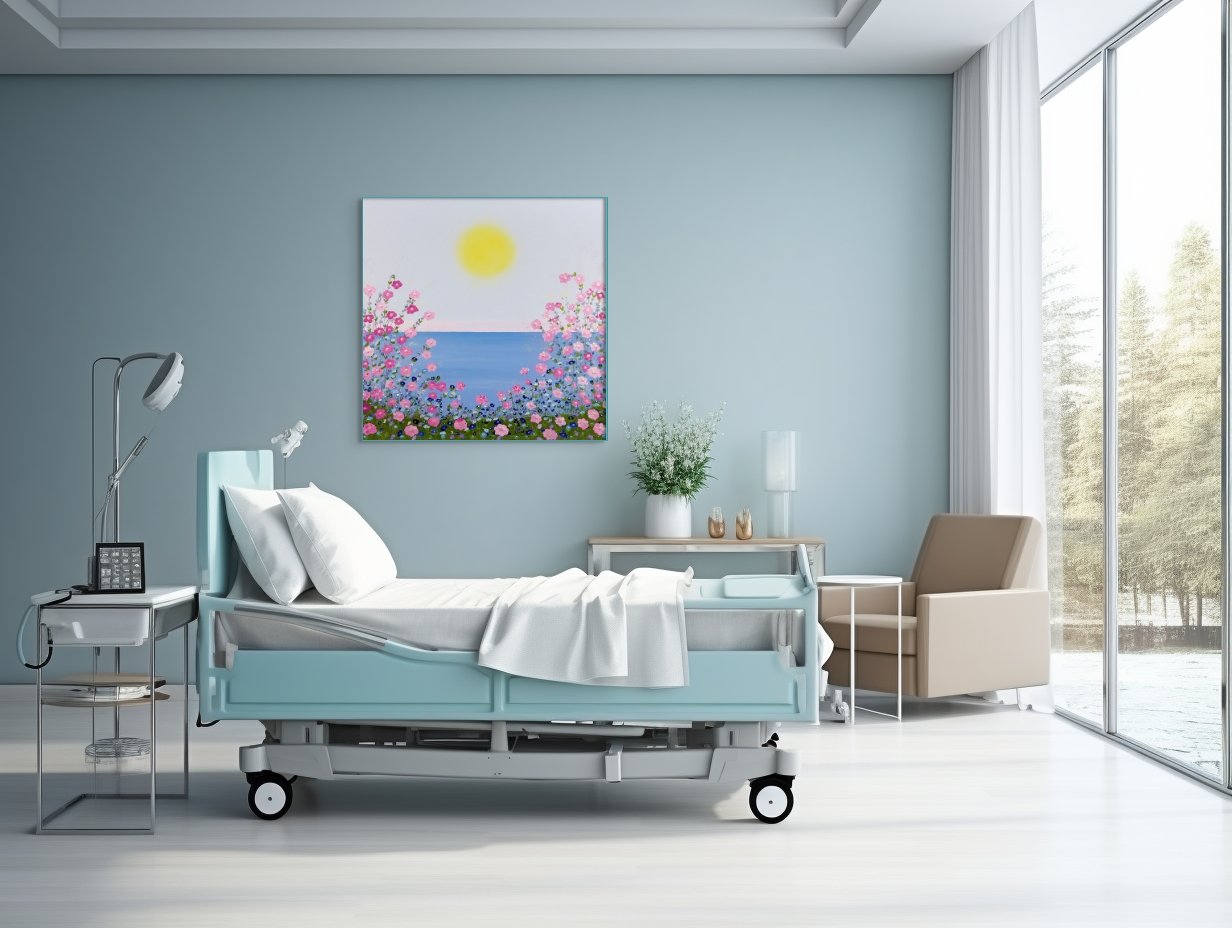
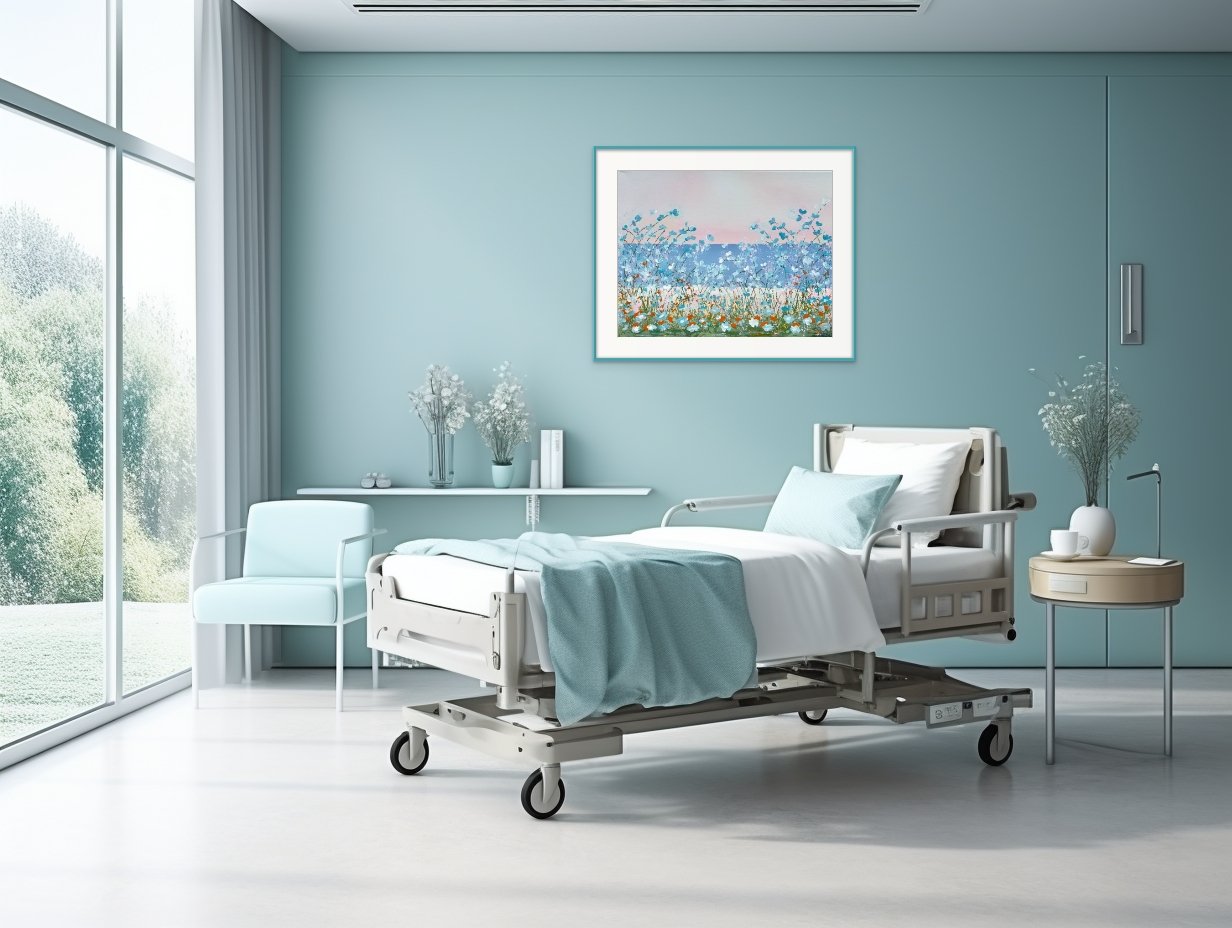
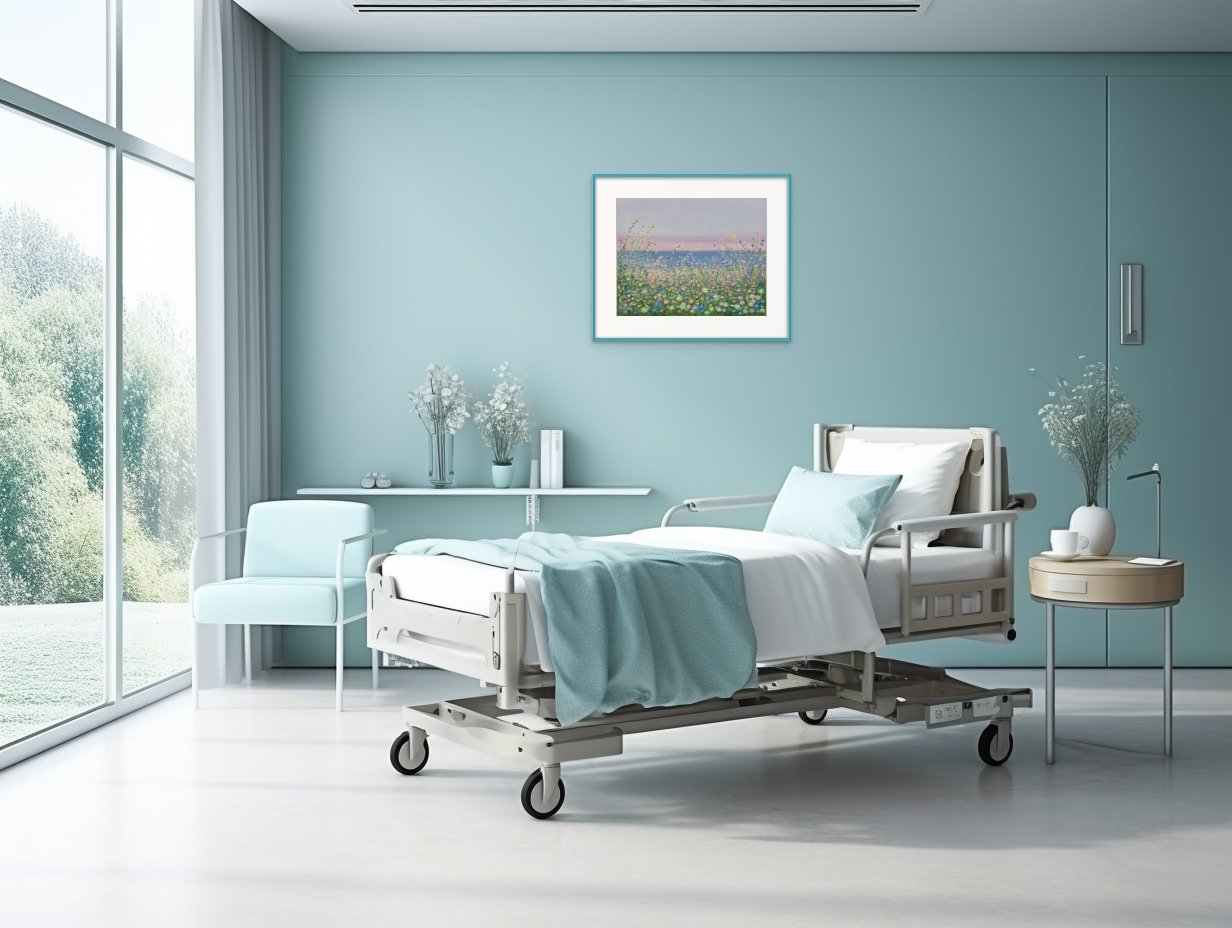
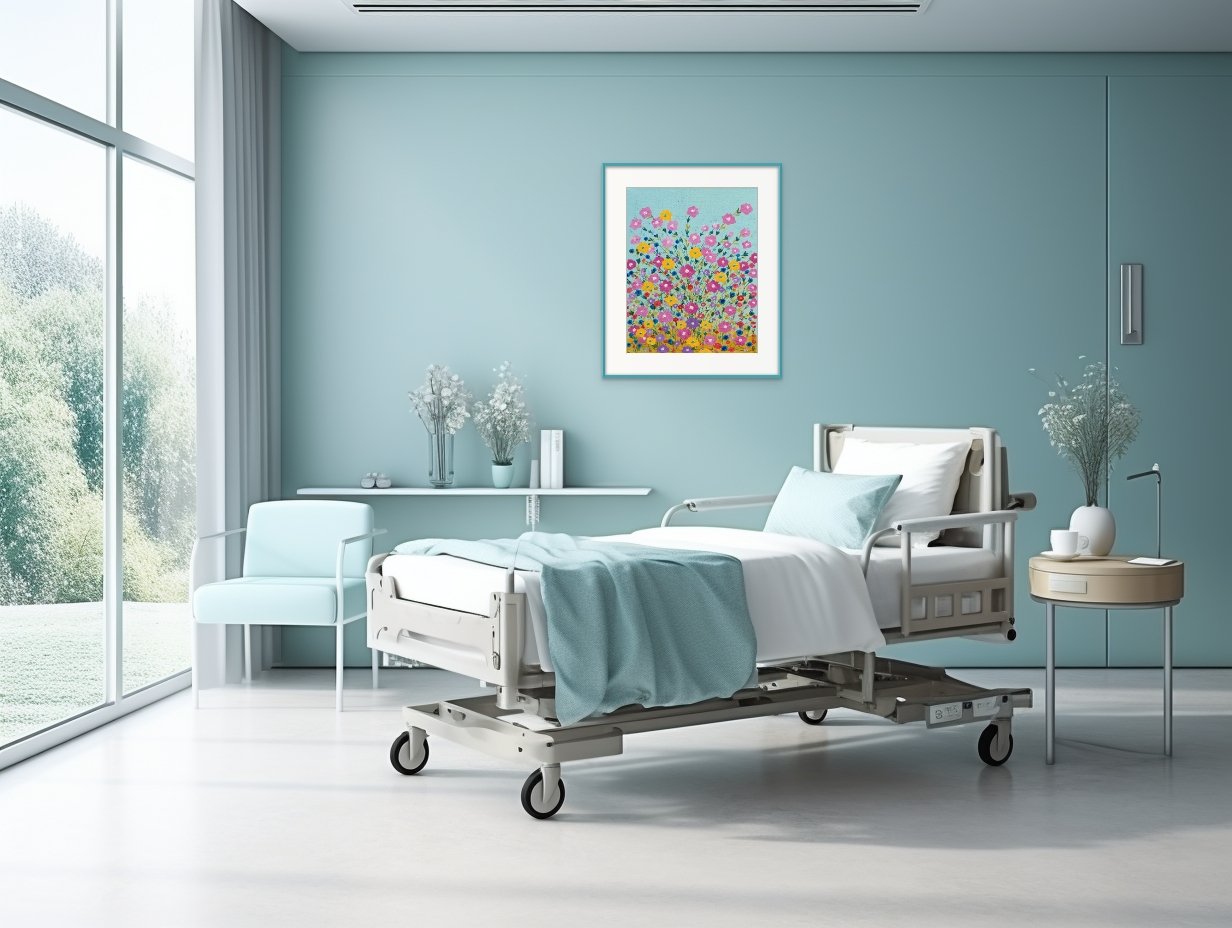
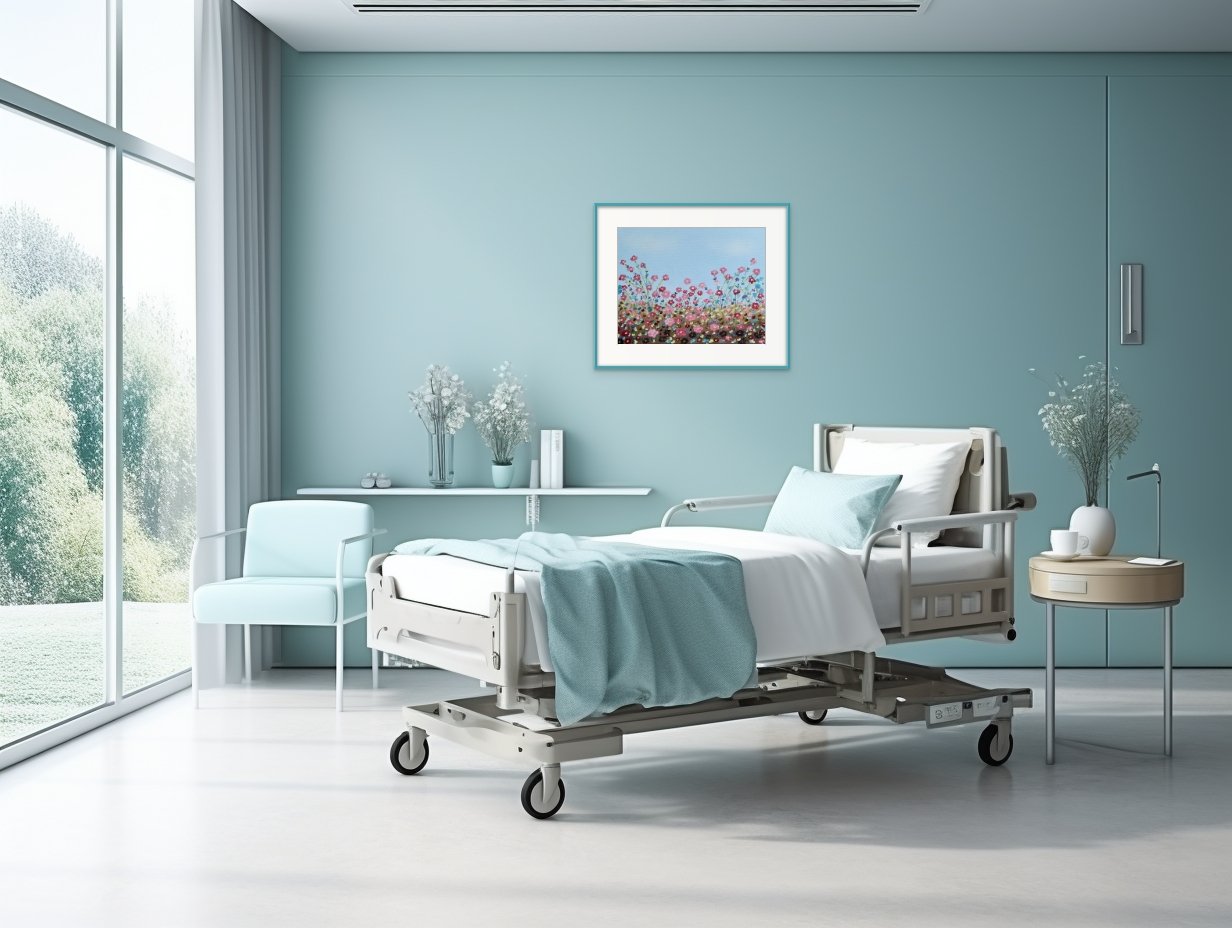
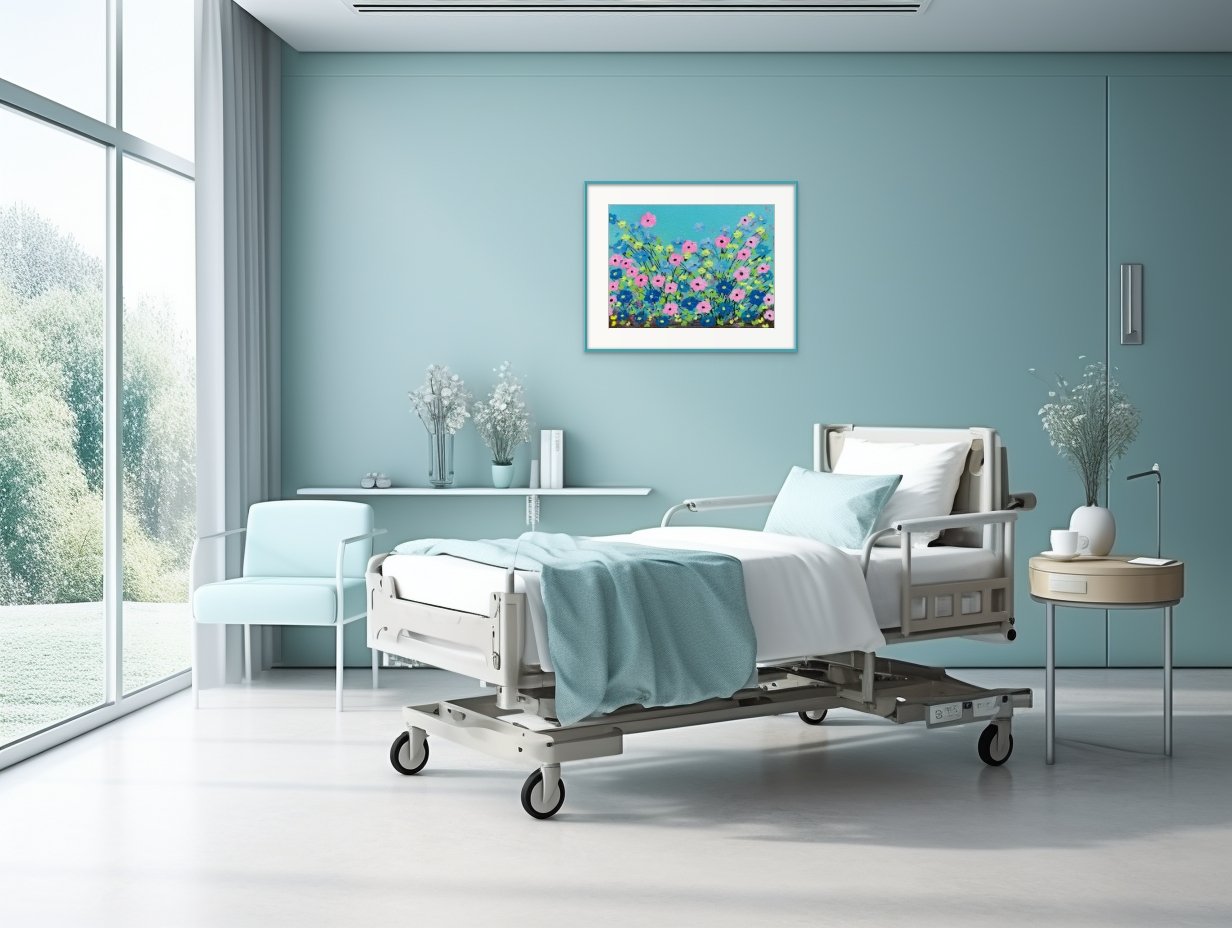
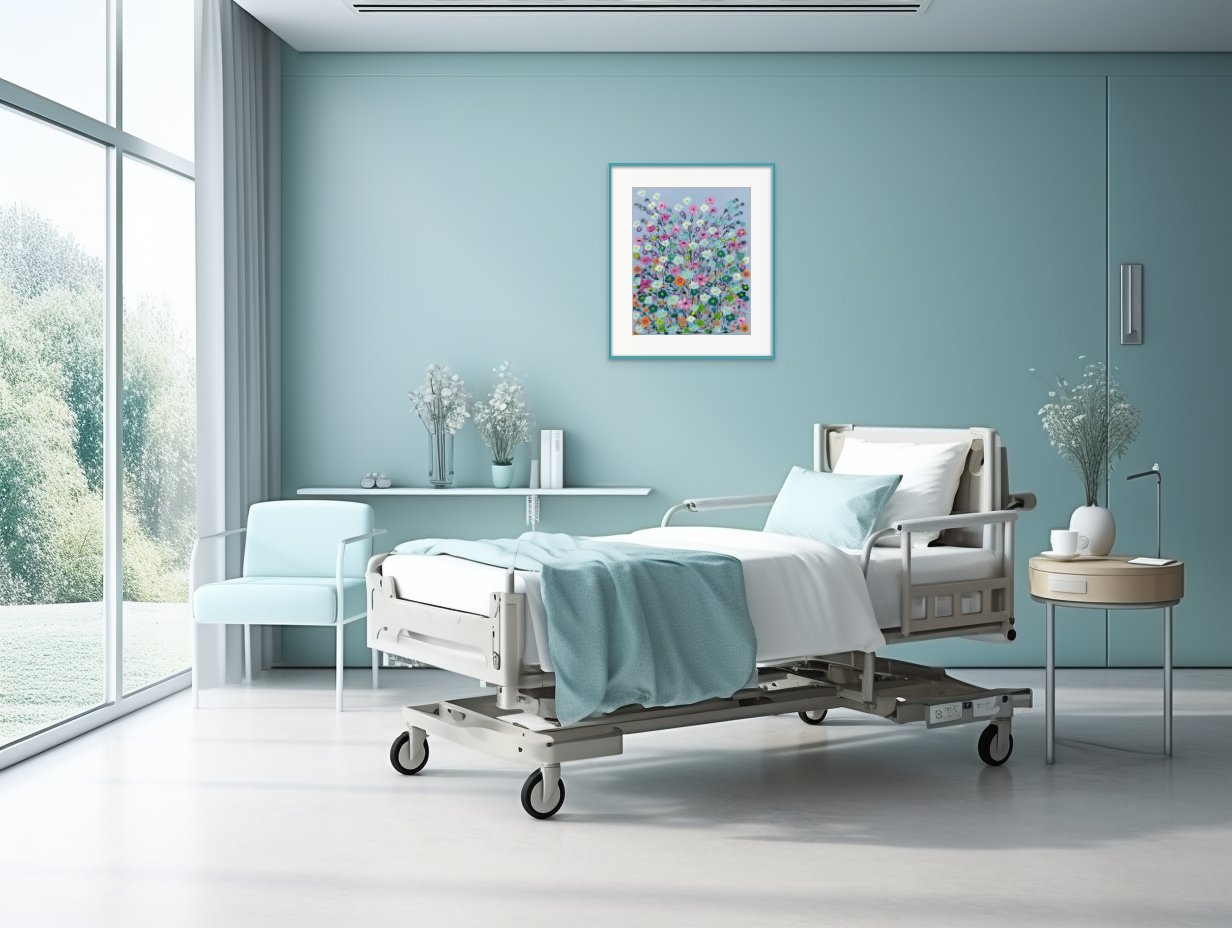
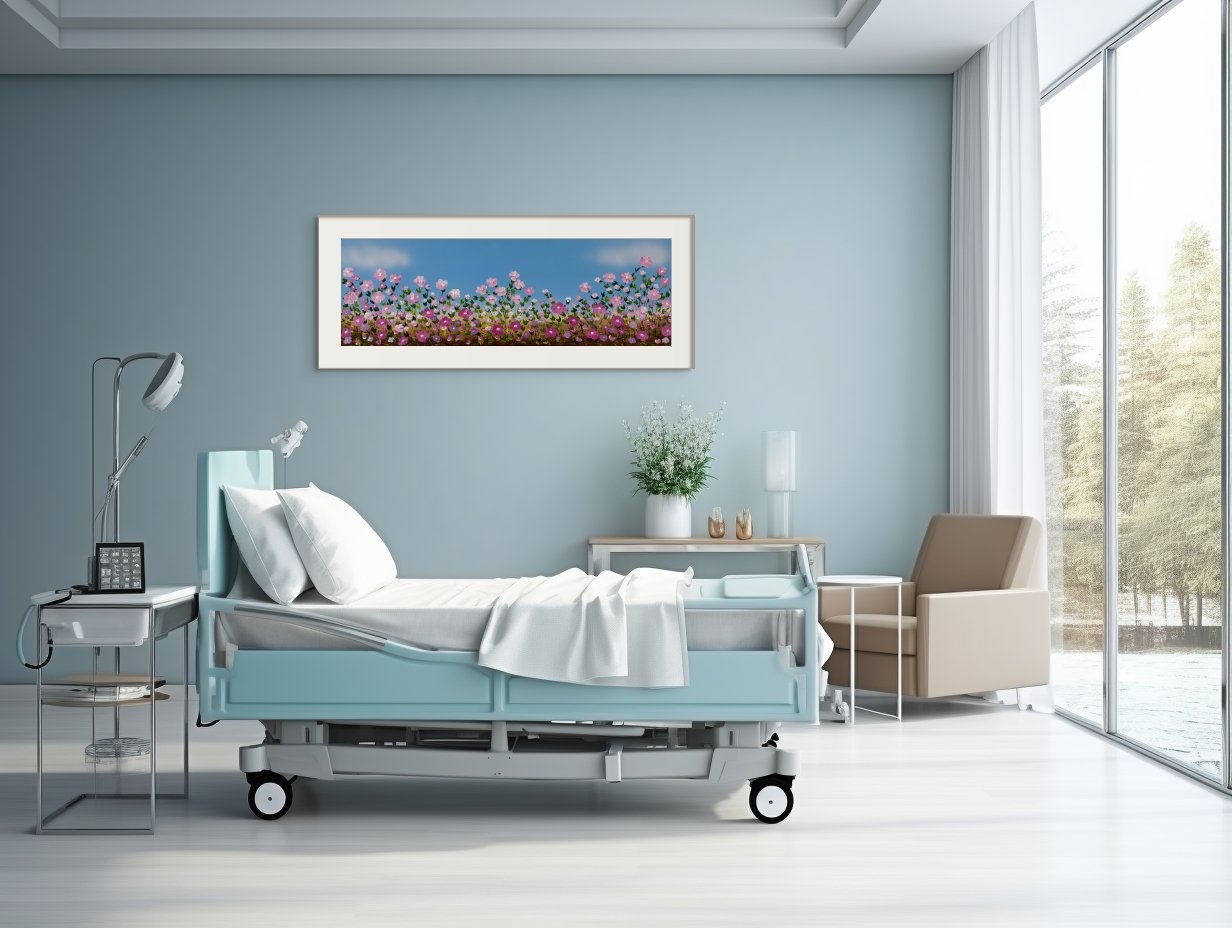
Did You Know This About Our Brains And Art?
Did you know a growing body of research shows conclusively that our physical environments (rooms, buildings, walls, etc.) actually have an impact on our quality of life?
Did you know a growing body of research shows conclusively that our physical environments (rooms, buildings, walls, etc.) actually have an impact on our quality of life?
Evidence-based design has been defined as the process of basing design decisions about the built environment on credible research to achieve the best possible outcomes.
When inside built environments our brains get triggered by all kinds of things like color, lighting, texture, and especially art. In one study done on hospital waiting areas, physical and ambient properties influenced patient experiences. Areas associated with higher physical attractiveness reduced anxiety, were perceived to provide better quality of care, and were perceived to have shorter waiting times.
“Similarly, a waiting area with a nouveau (non-traditional) style was associated with lower self-reported stress and higher patient satisfaction than a traditional style.” (Improving the Patient Experience, California Healthcare Foundation)
Fun Fun Everywhere is a playful evidence-based design work of art. It’s a fun painting designed for attractiveness in a nouveau/non-traditional style.
Happy Together With Friends by Dorothea Sandra, EDAC
As I am creating this style of playful evidence-based art, there’s always the challenge of balance. One goal is to trigger the brain to create lots of feelings of fun and happiness without causing any stress. Another goal is to achieve high “distraction” levels of interest, again, without causing stress by overwhelming the viewer with too many details.
Especially when people are troubled or in pain, research studies show that happy art distractions will very positively impact the quality of human life.
For Happy Together With Friends, I was going for the moods of playfulness, happiness, and fun. I also wanted to add in a dash of ironic quirkiness with the hope of making someone—who just didn’t feel good or well—crack a smile.
I have a painting, similar to this one, in the cancer wing of a hospital. When coming out of the blood draw area and on the way to the infusion center, there it is.
Cancer patients, family members, and staff tell me all the time just how much they enjoy that painting. I’ve always suspected it’s the ironic quirkiness built into the painting’s many layers that triggers the brain to create happy emotions, especially at solemn times like this.
These paintings were created—not for their realism or beauty—but to trigger the brain to create the feelings of fun, happiness, and joy.


